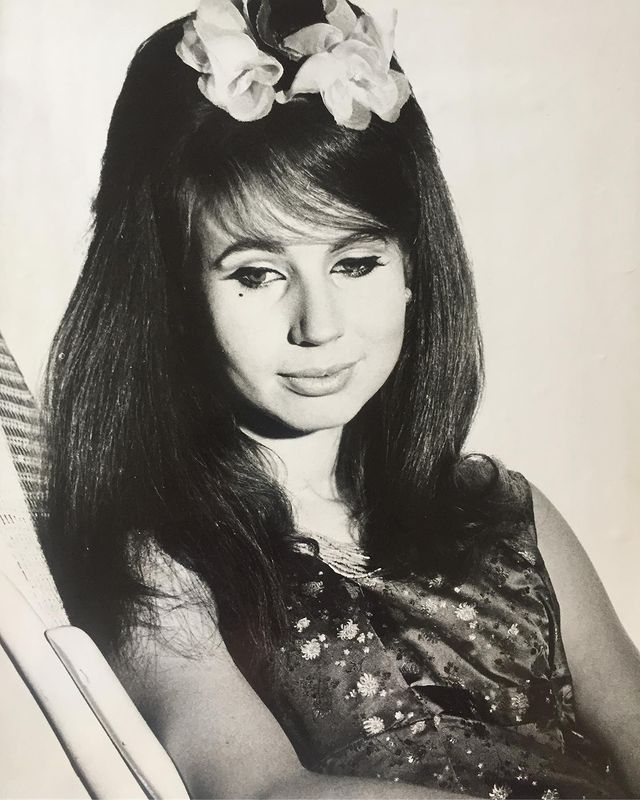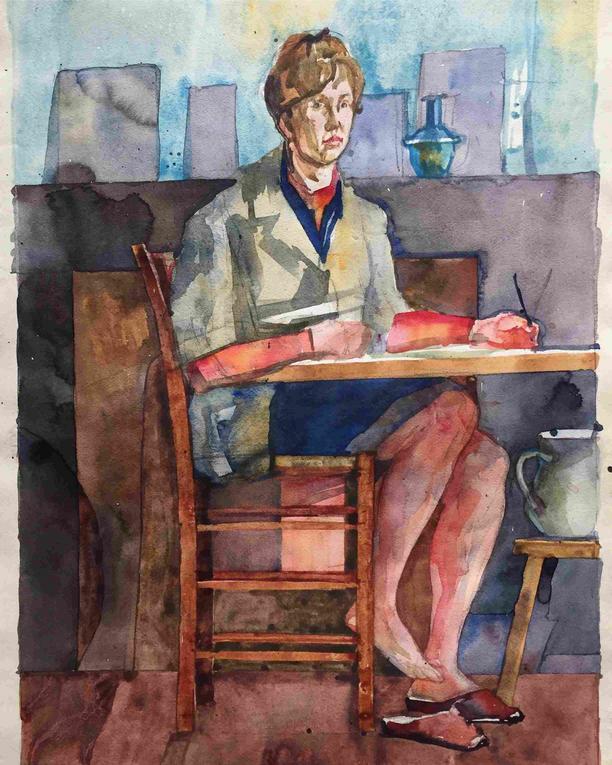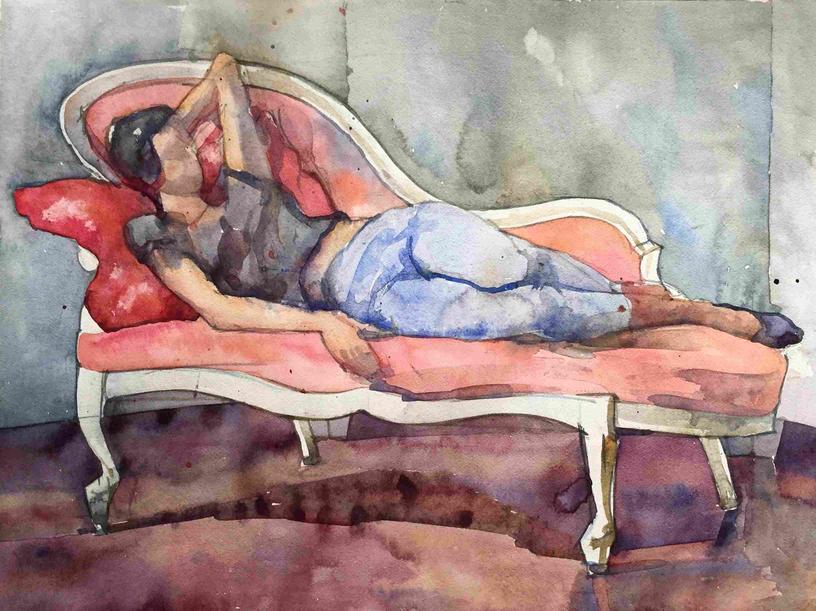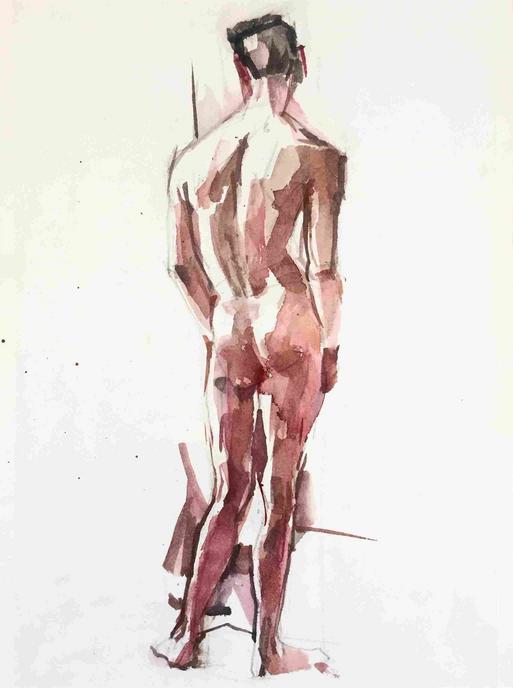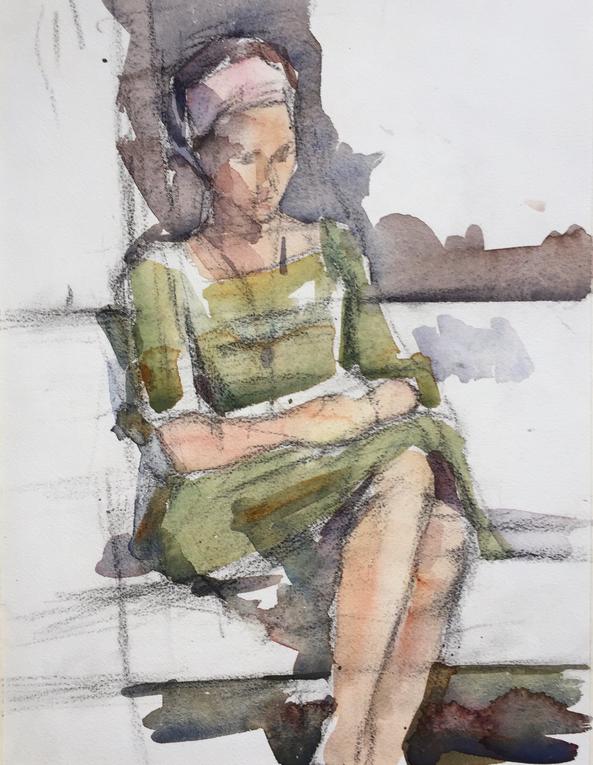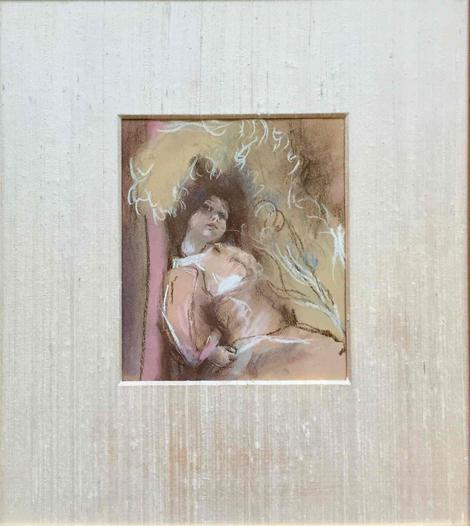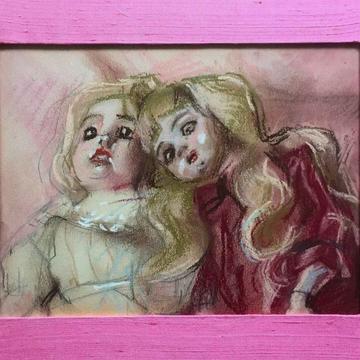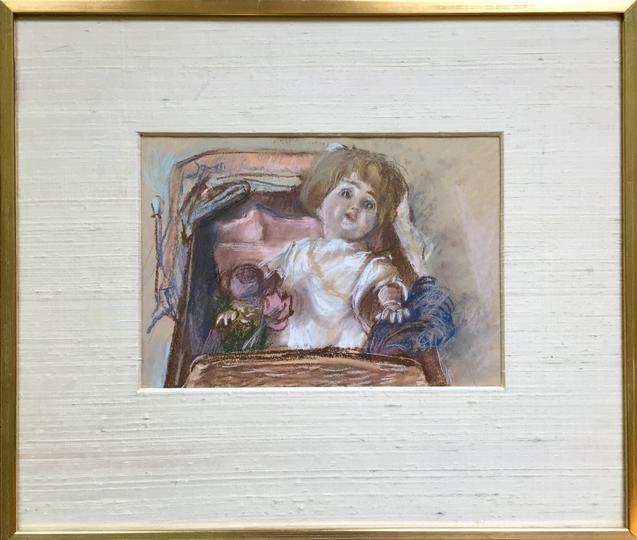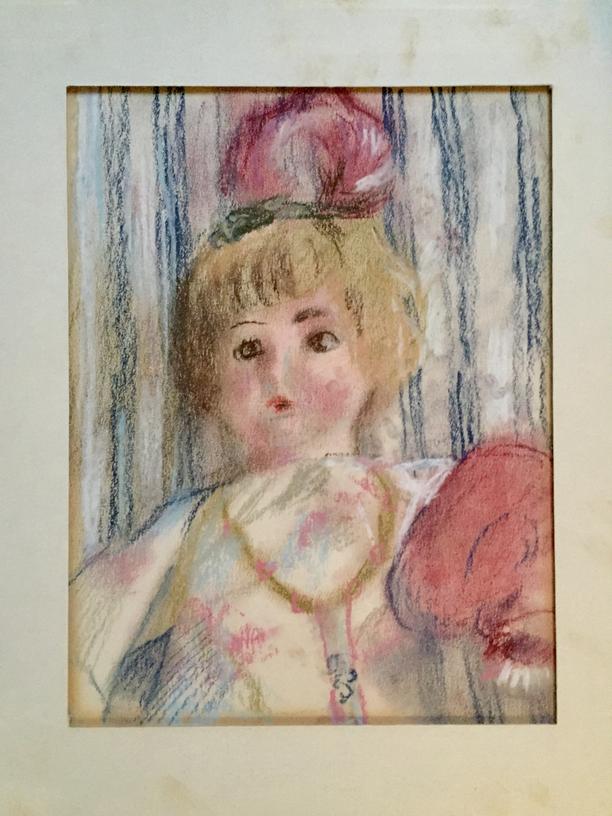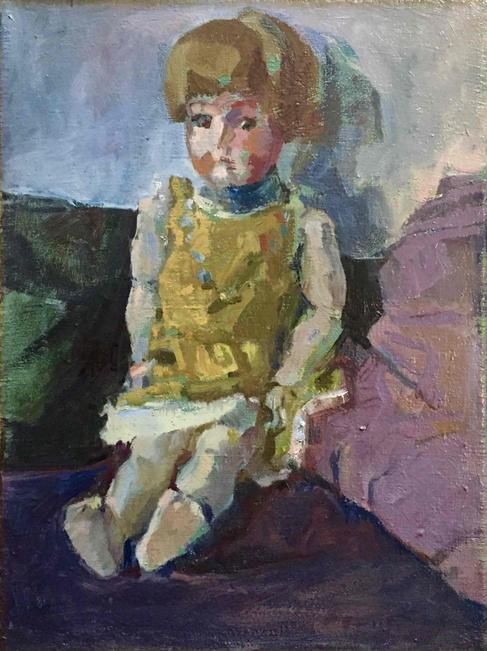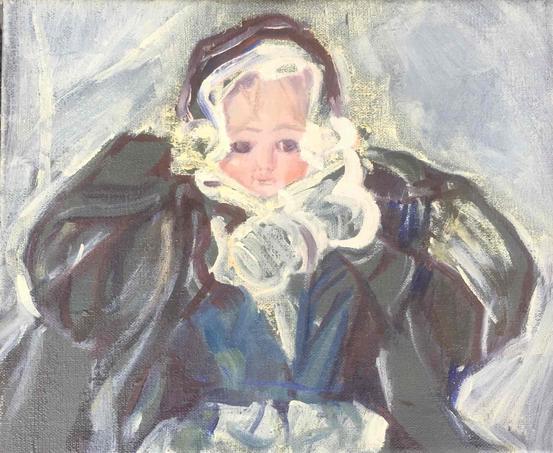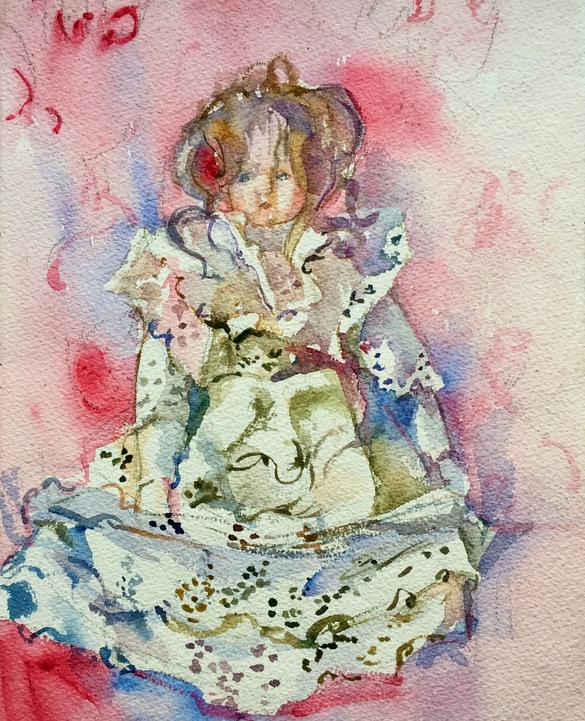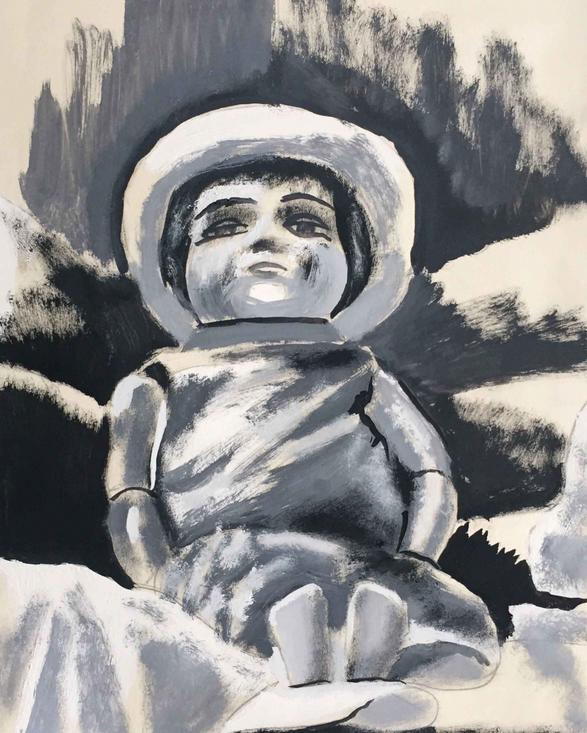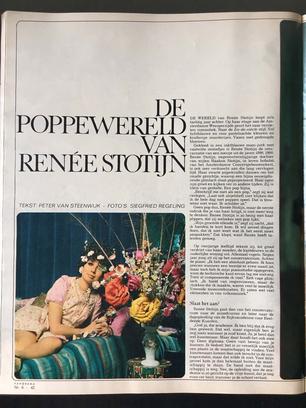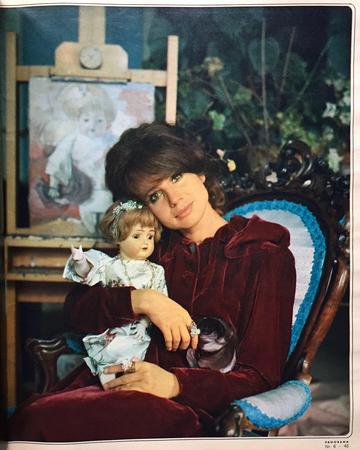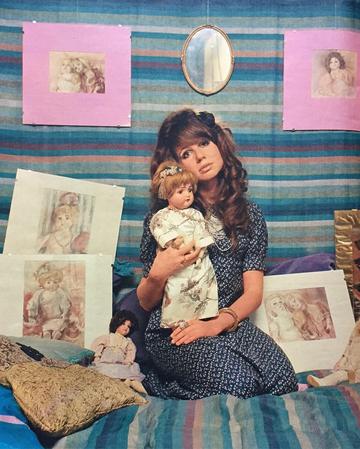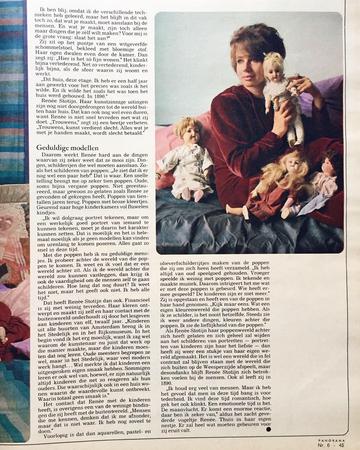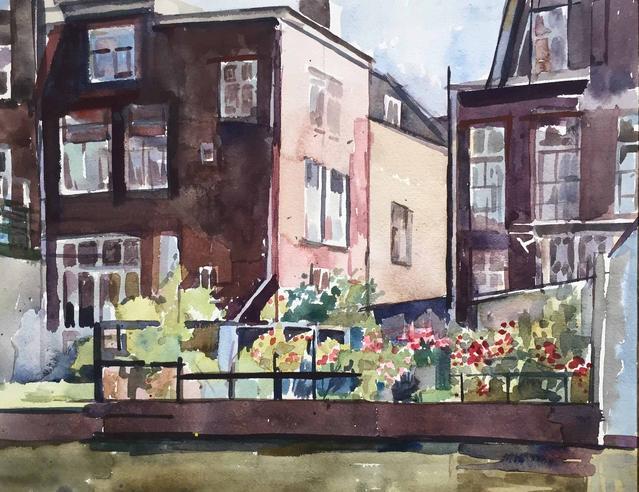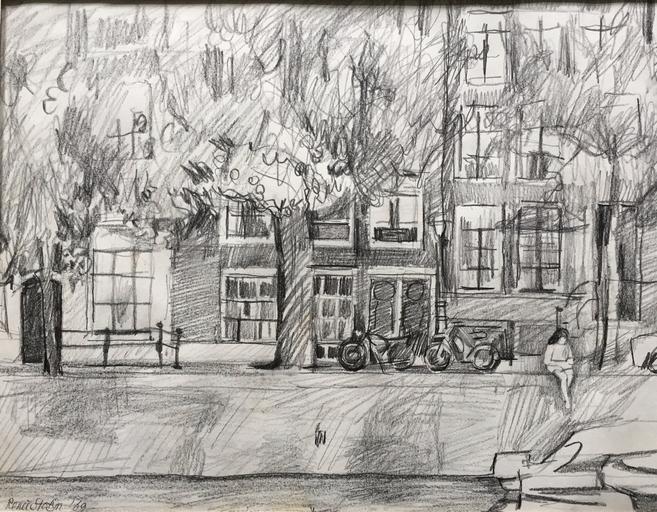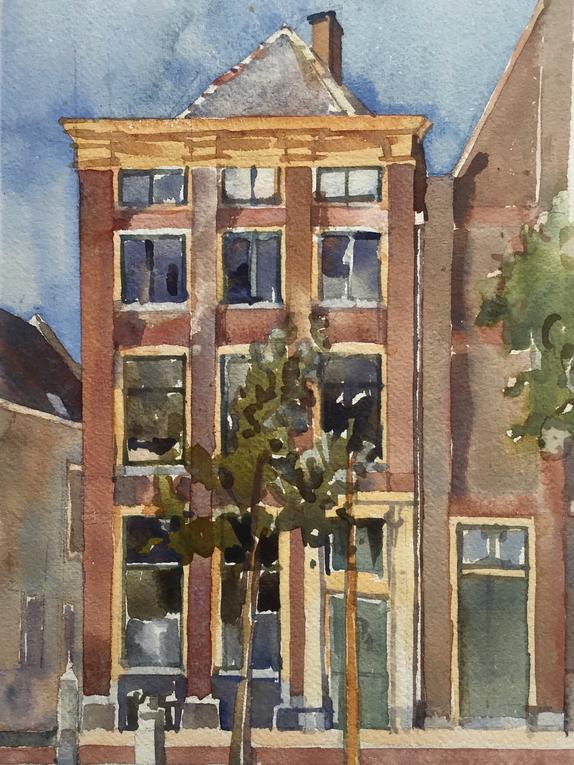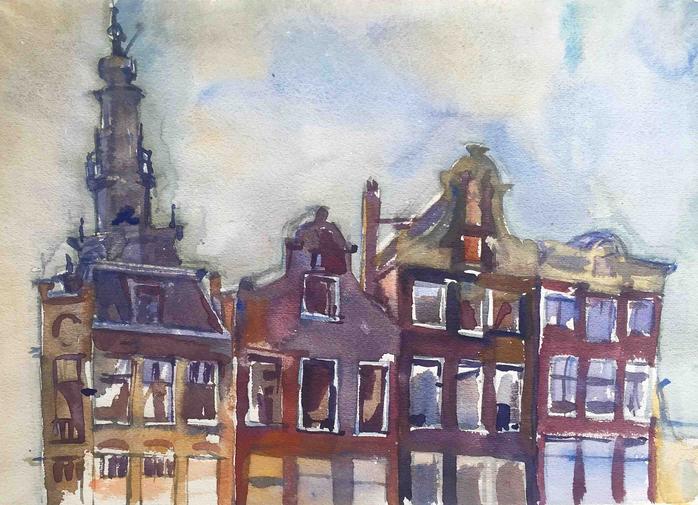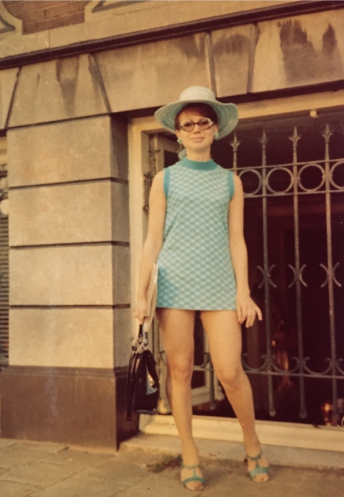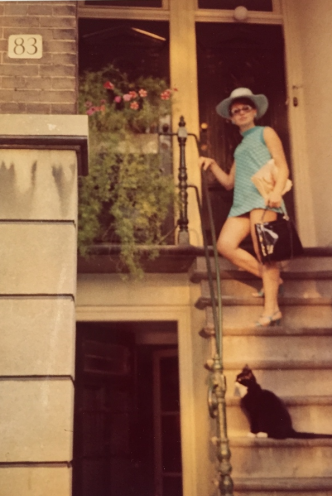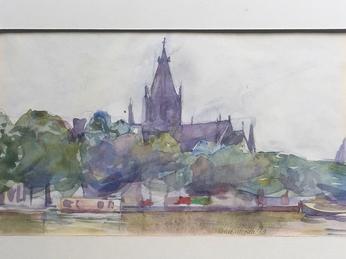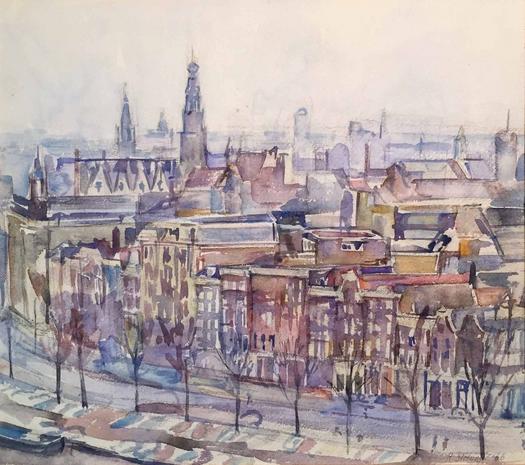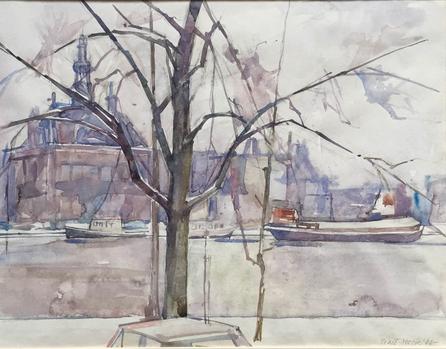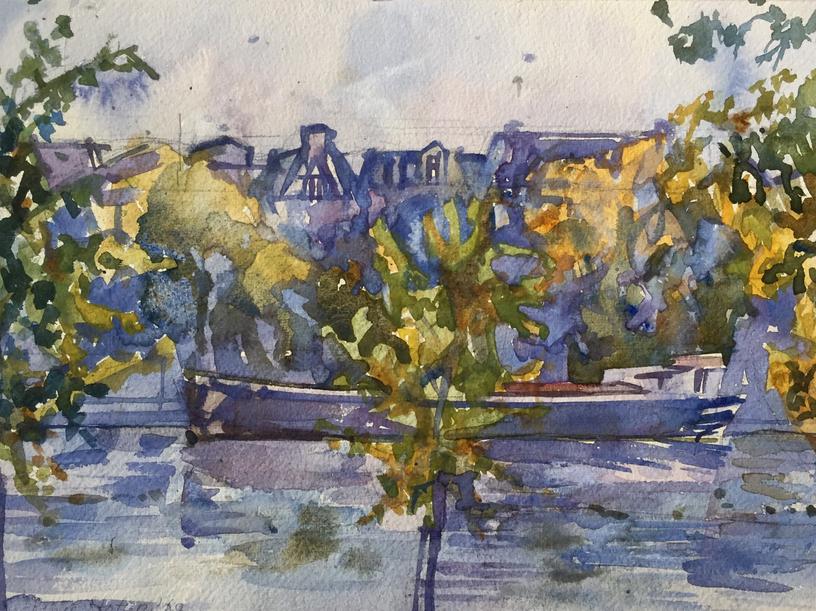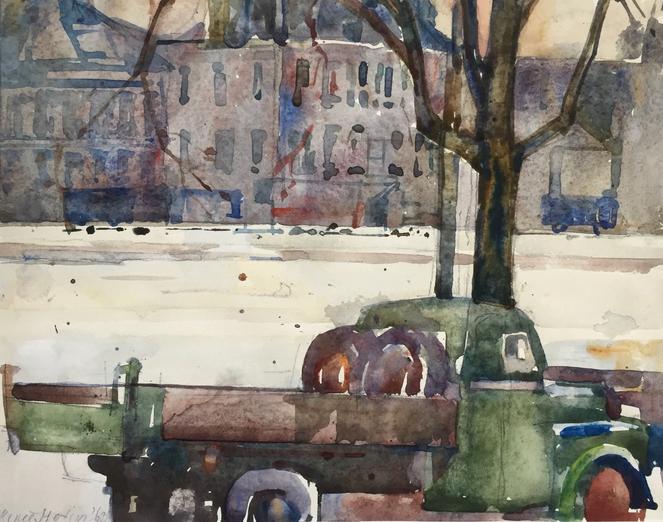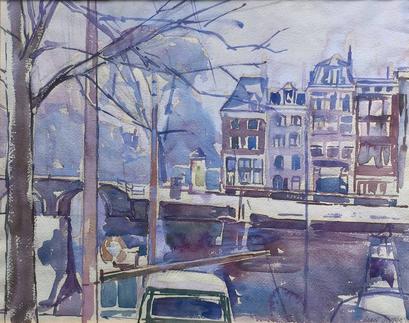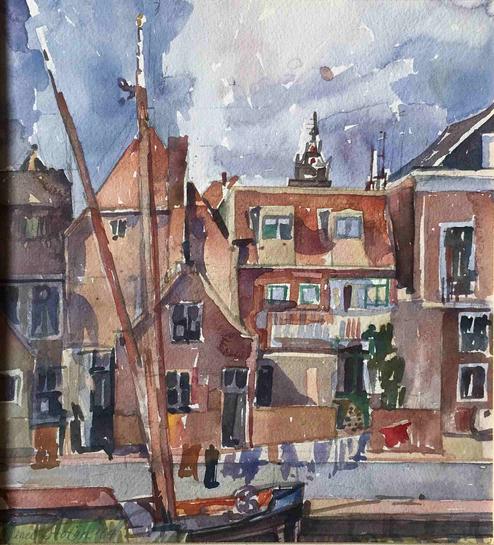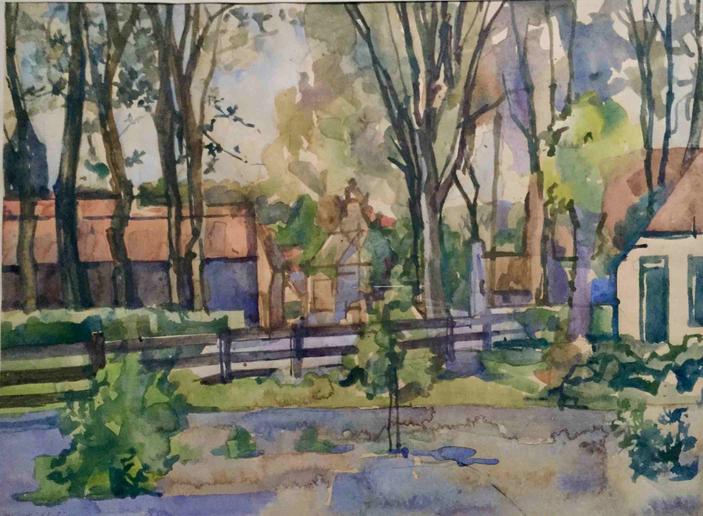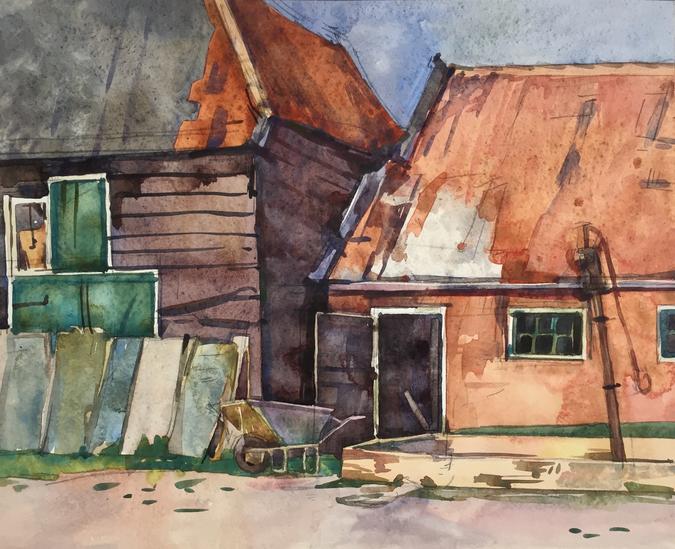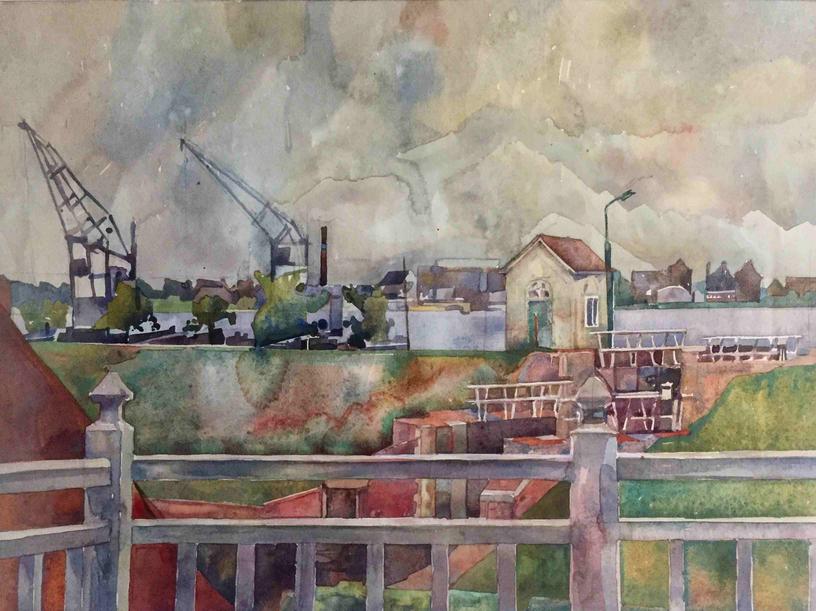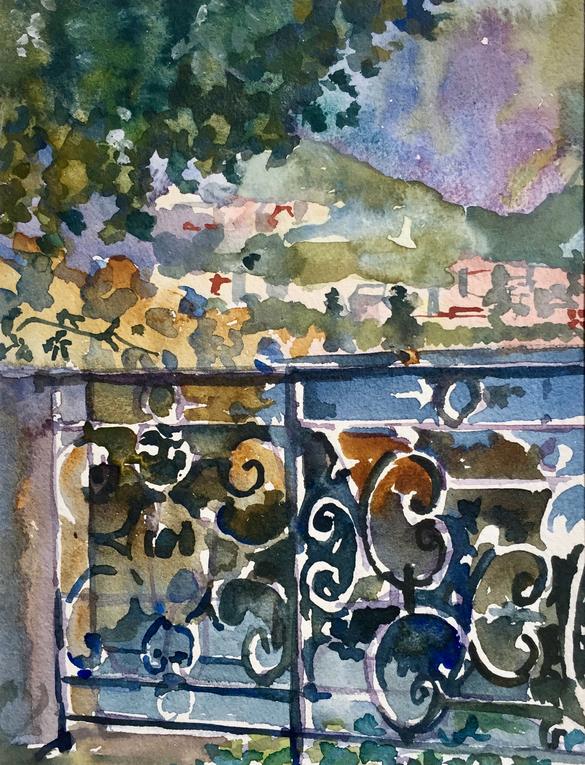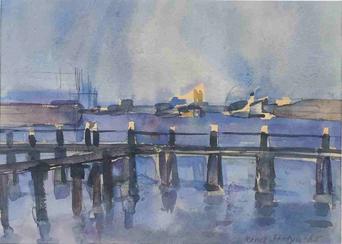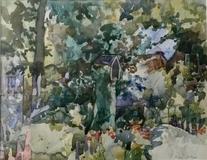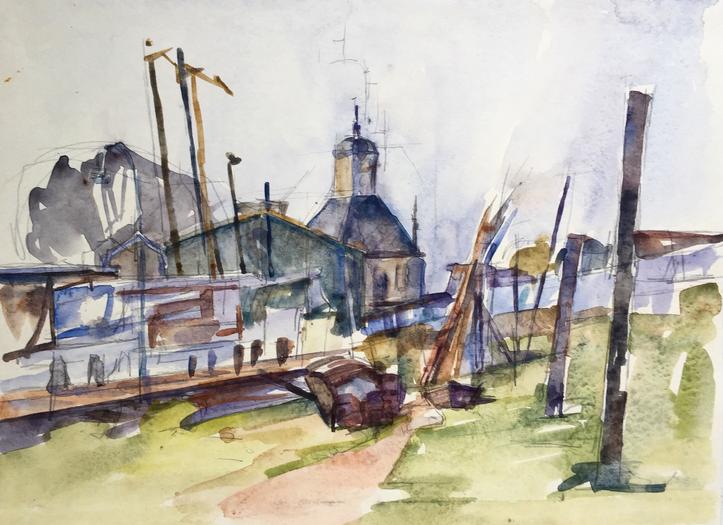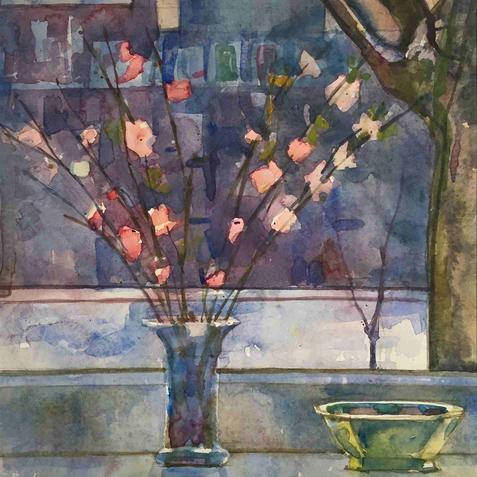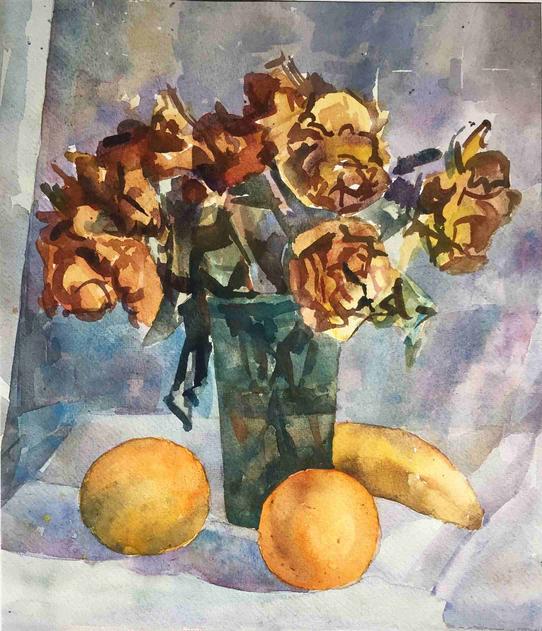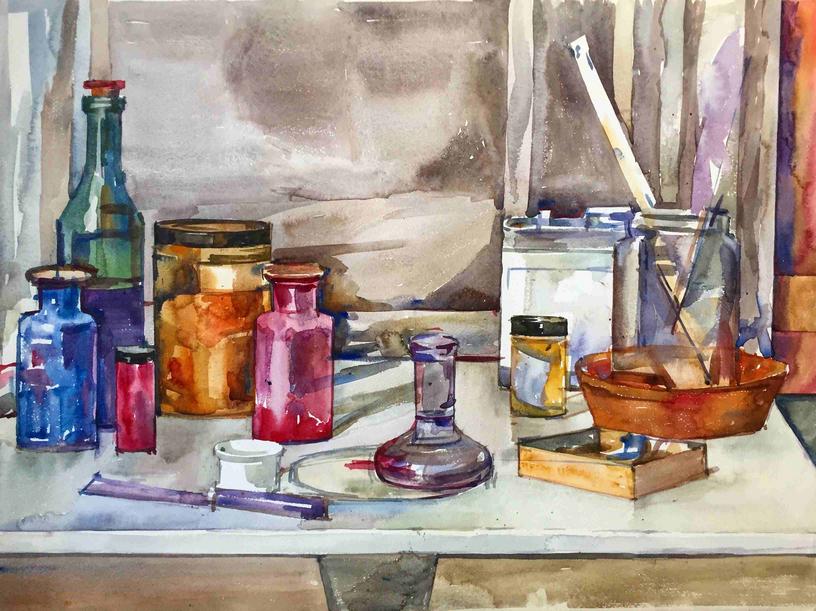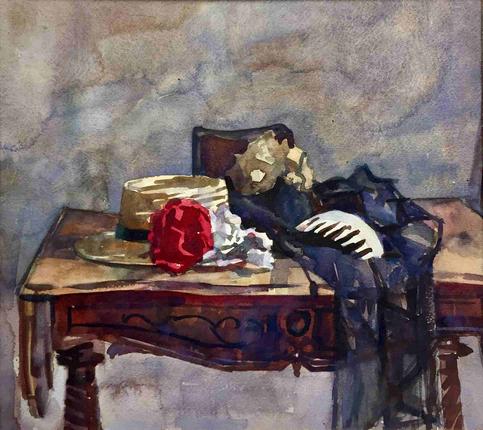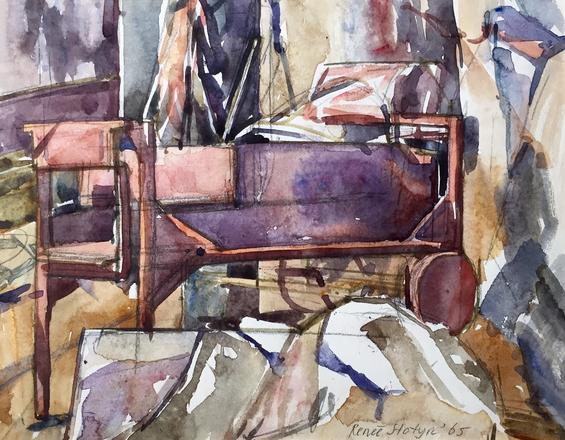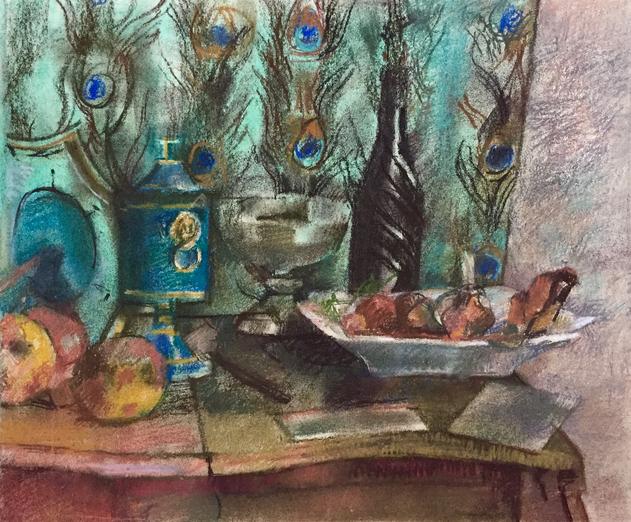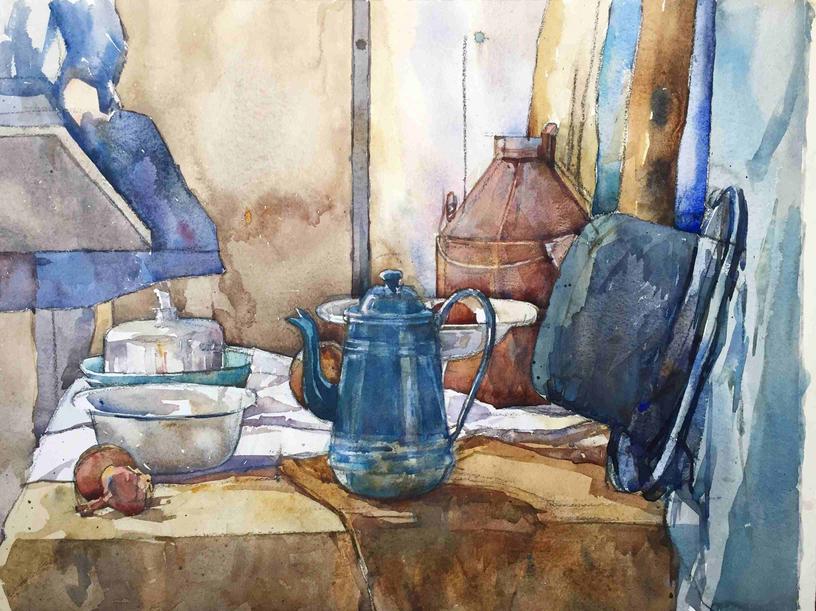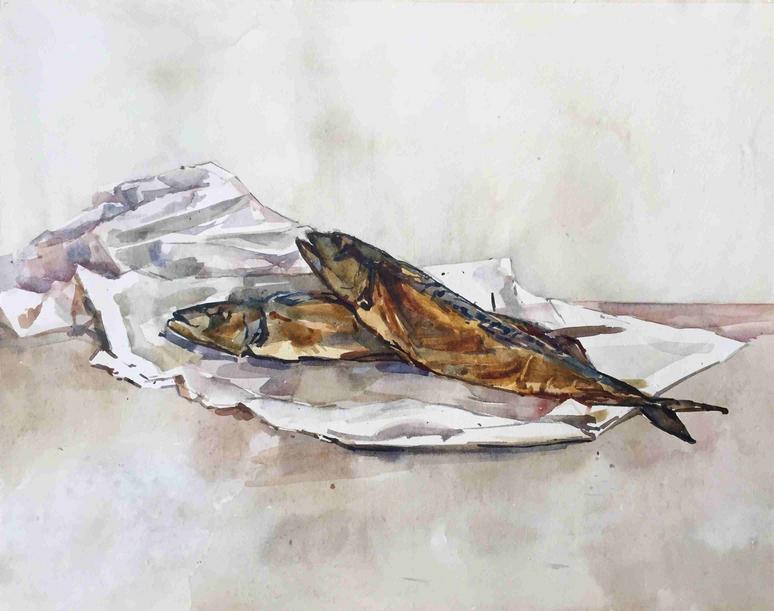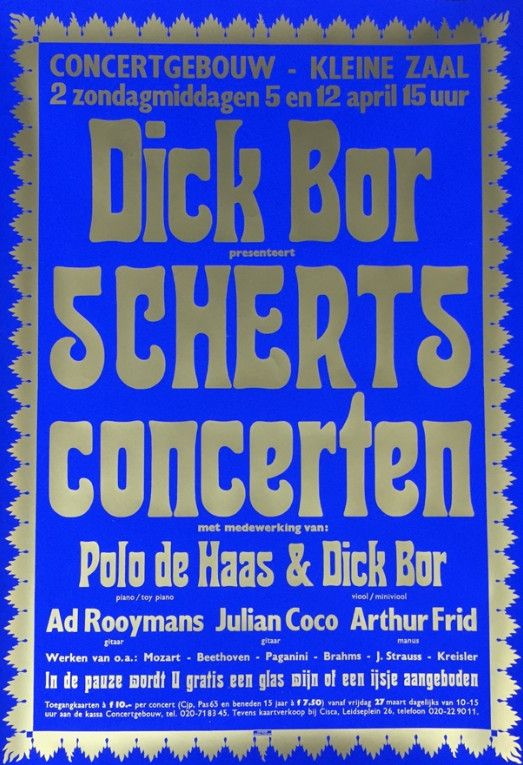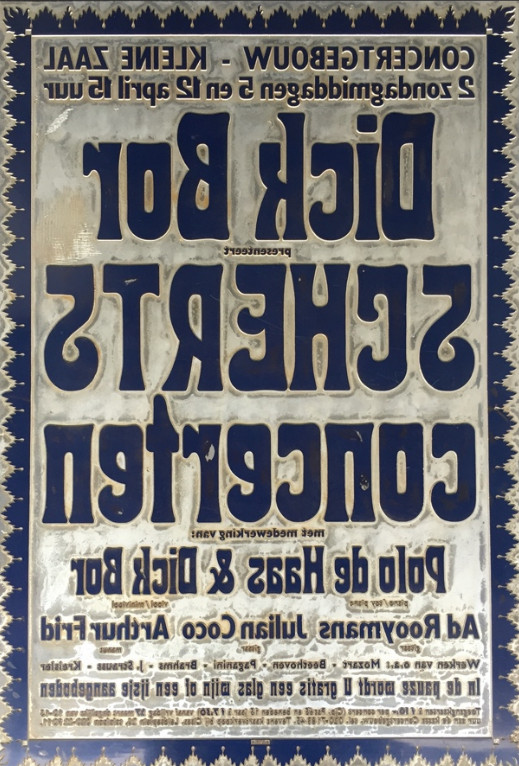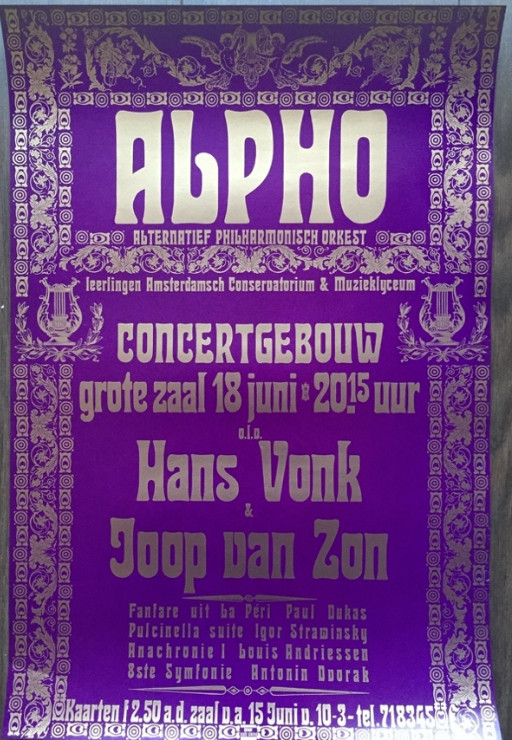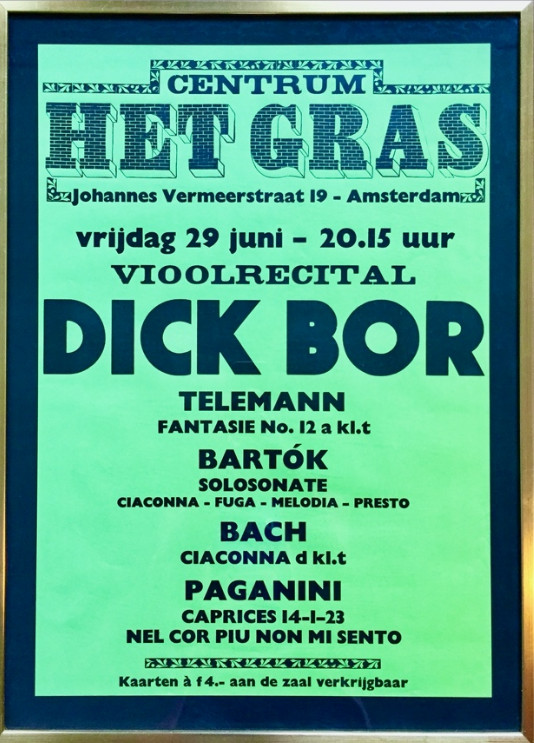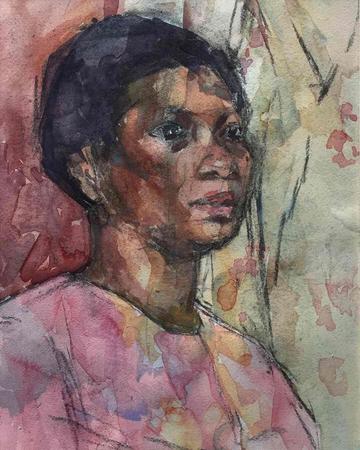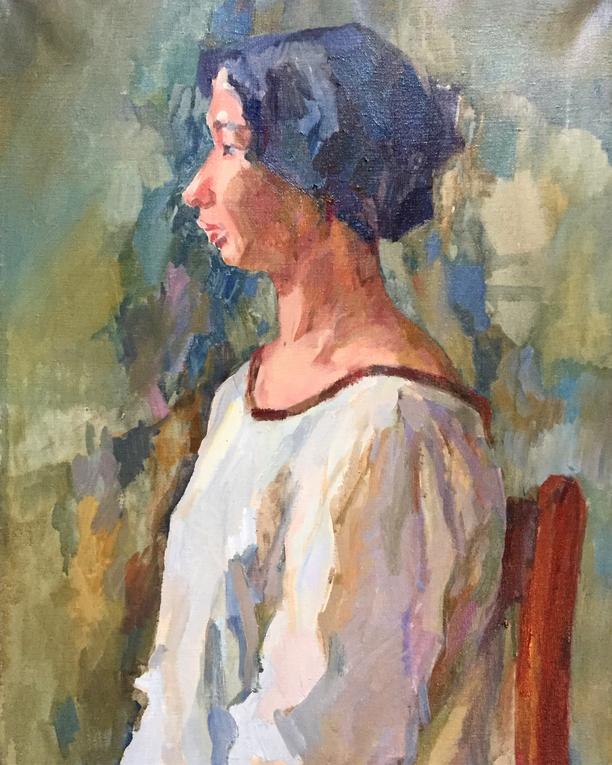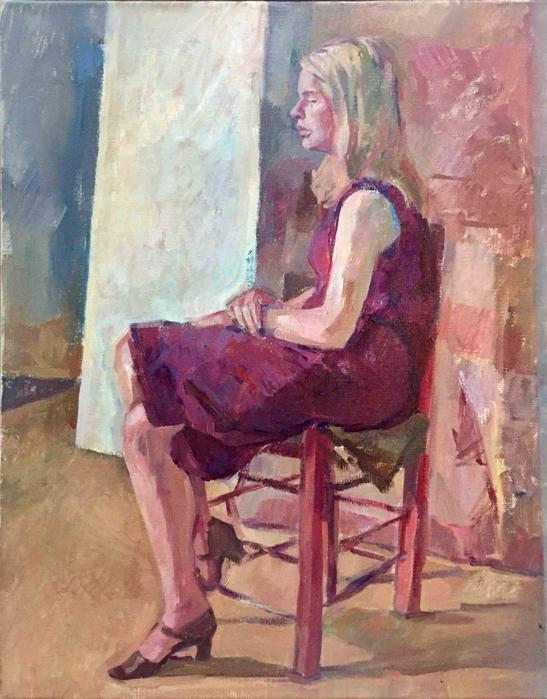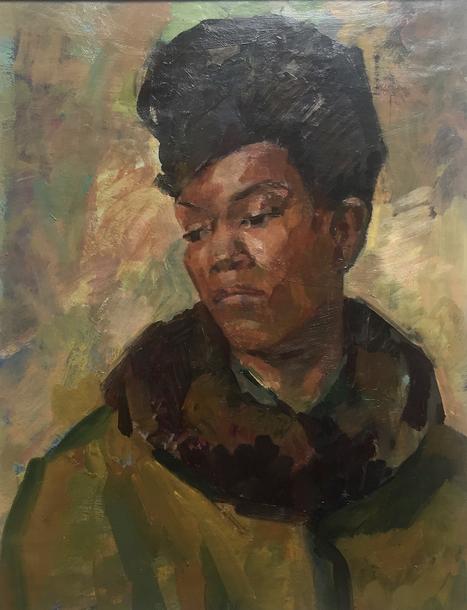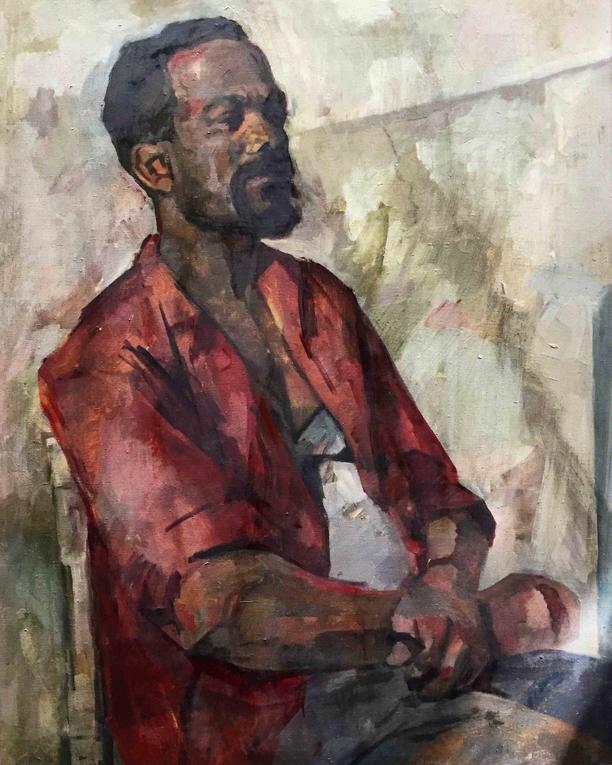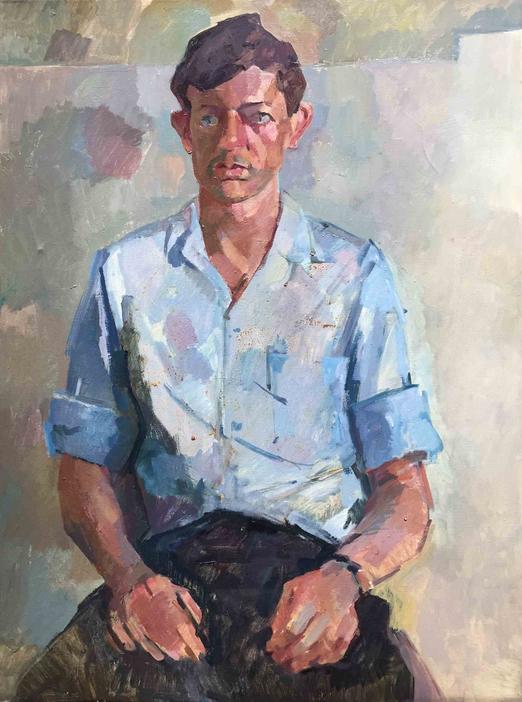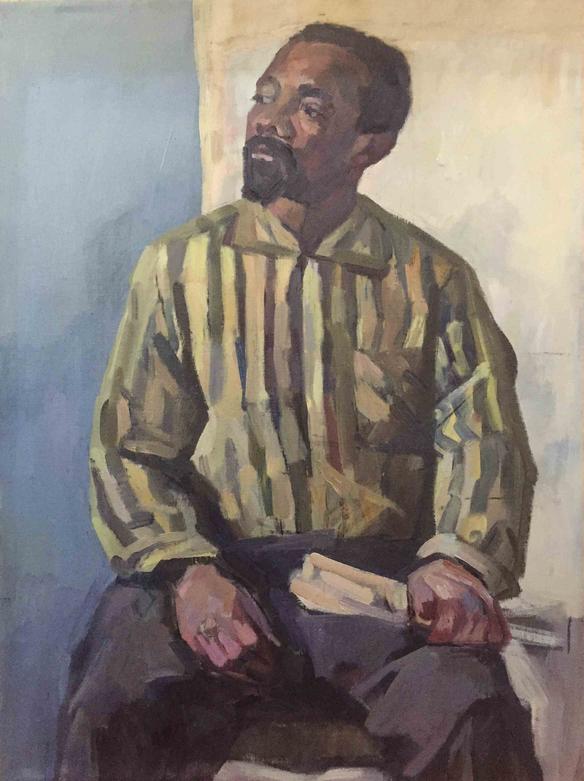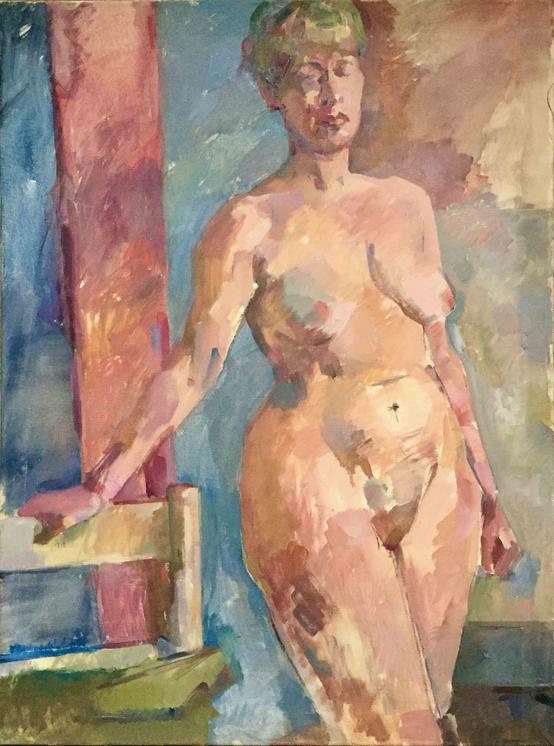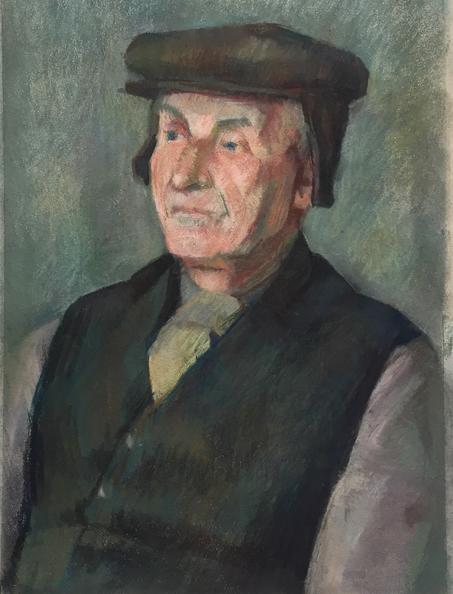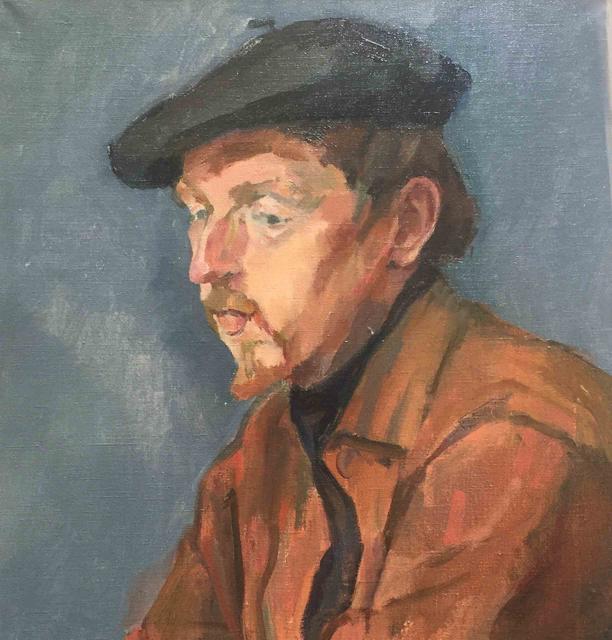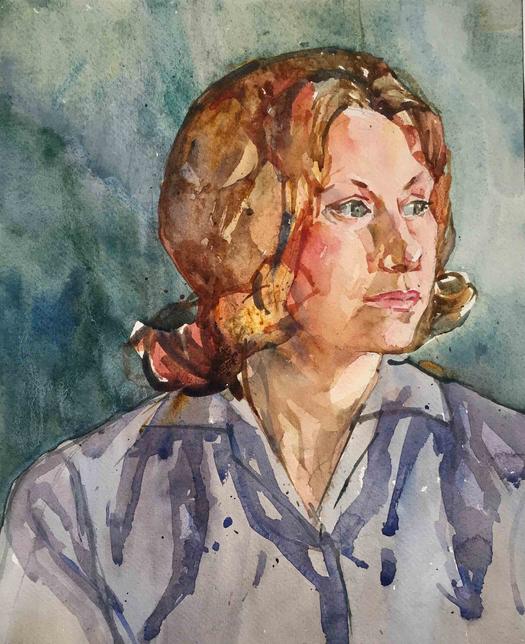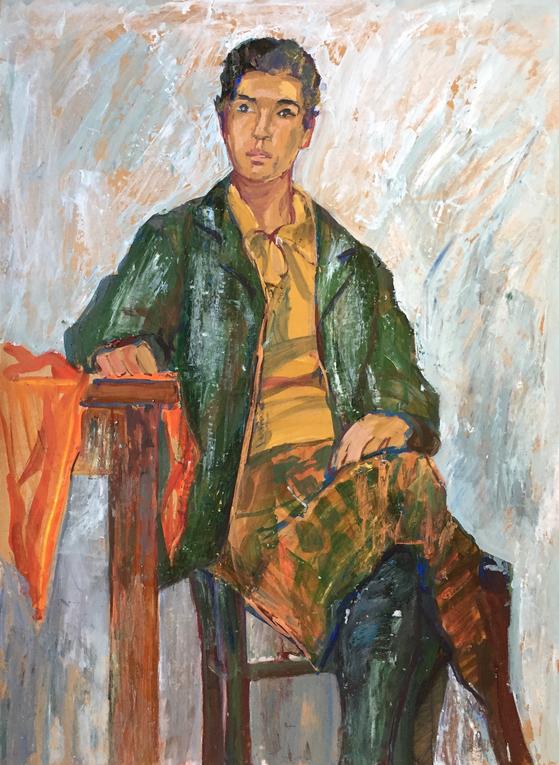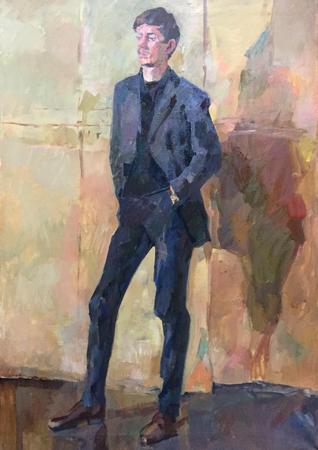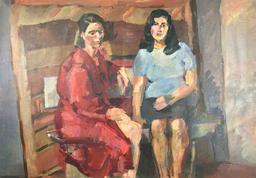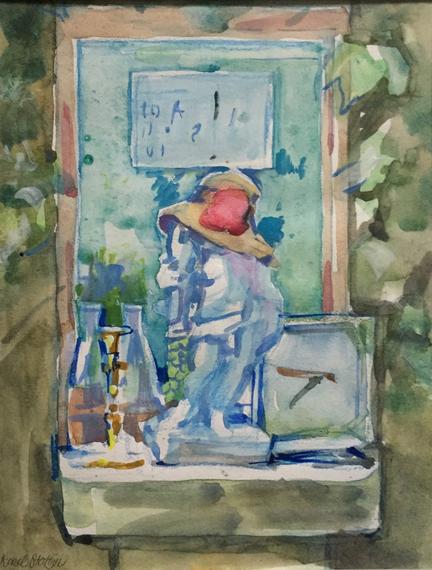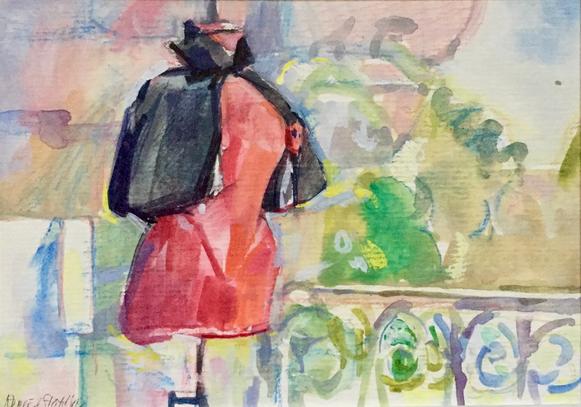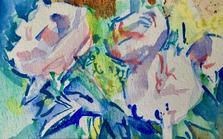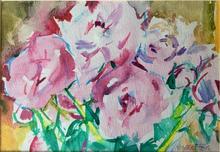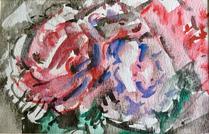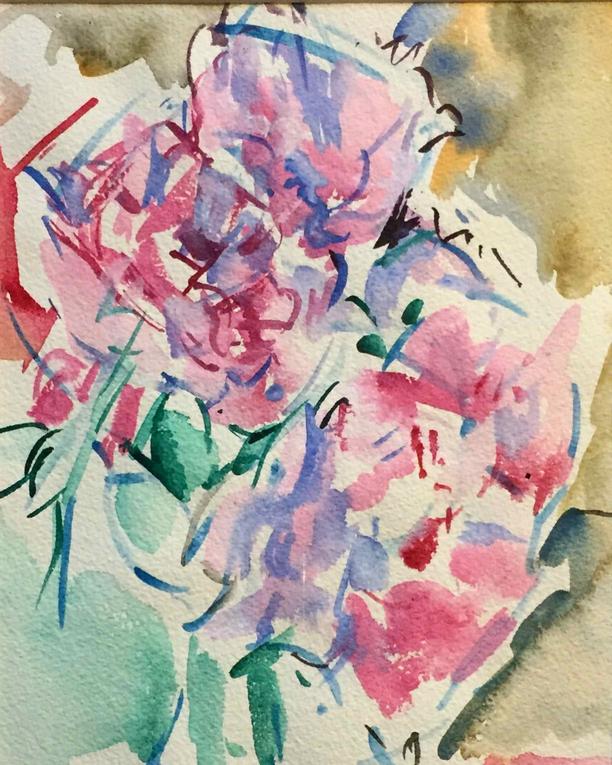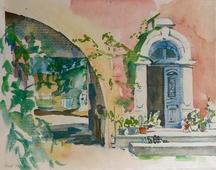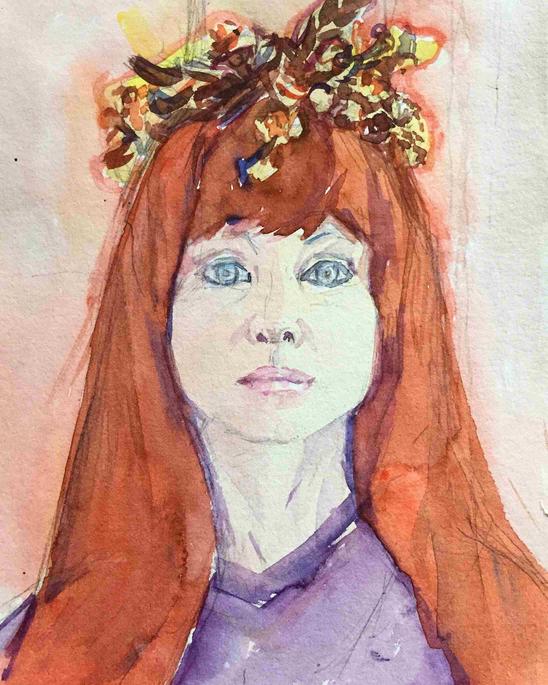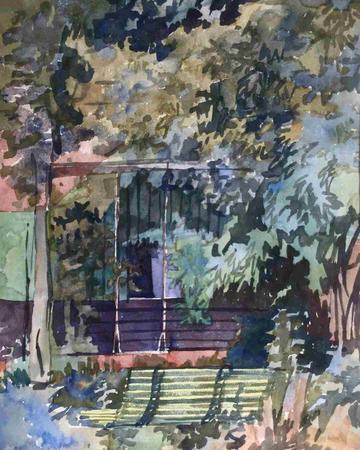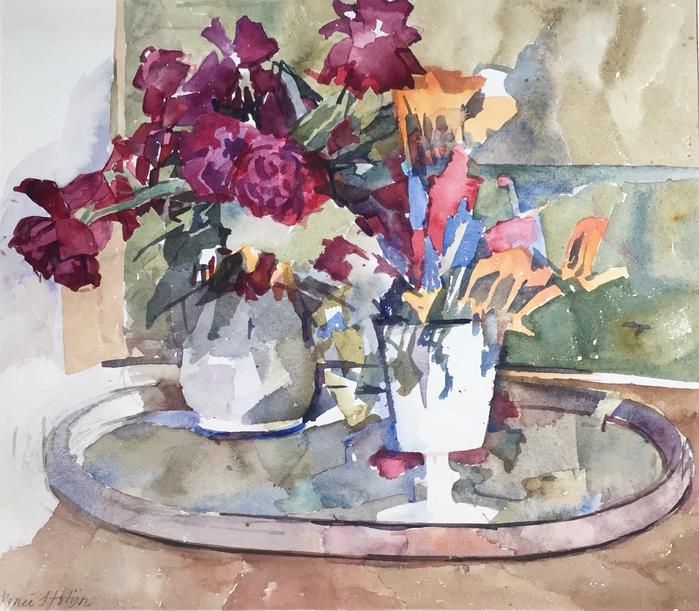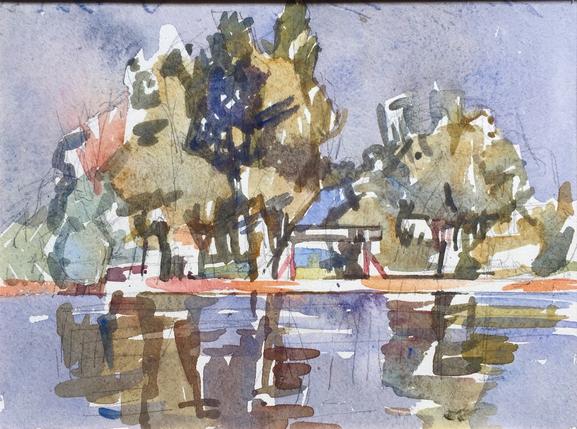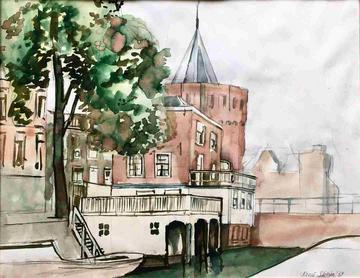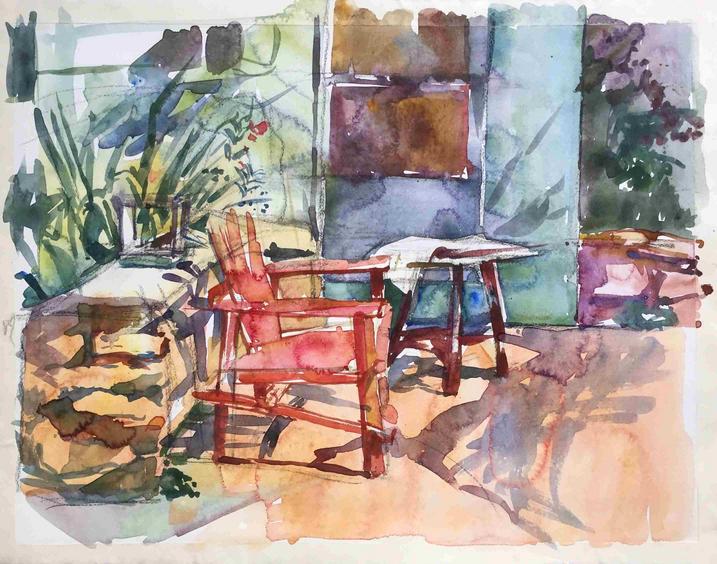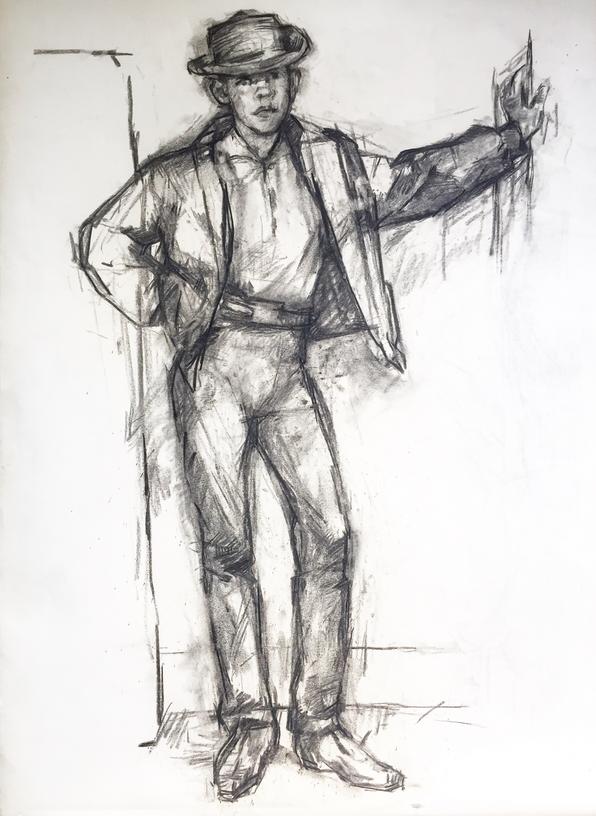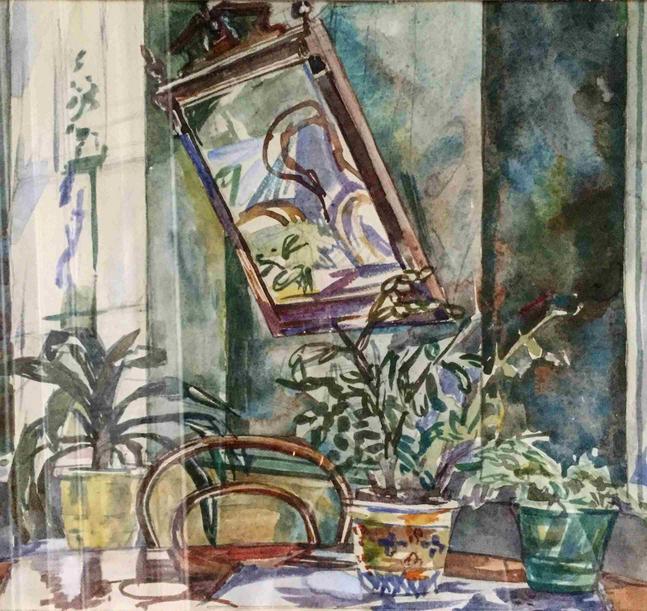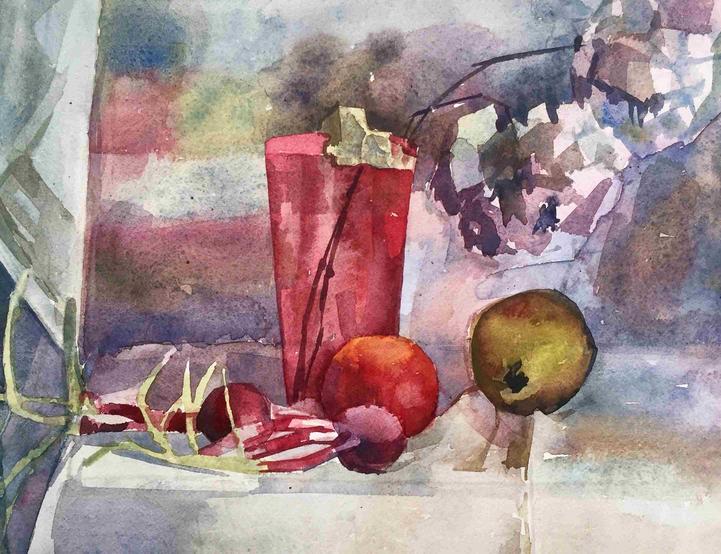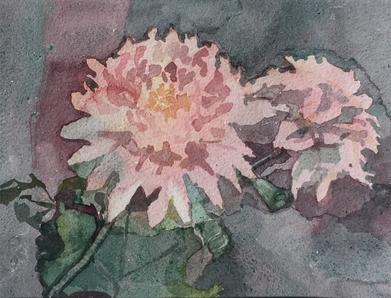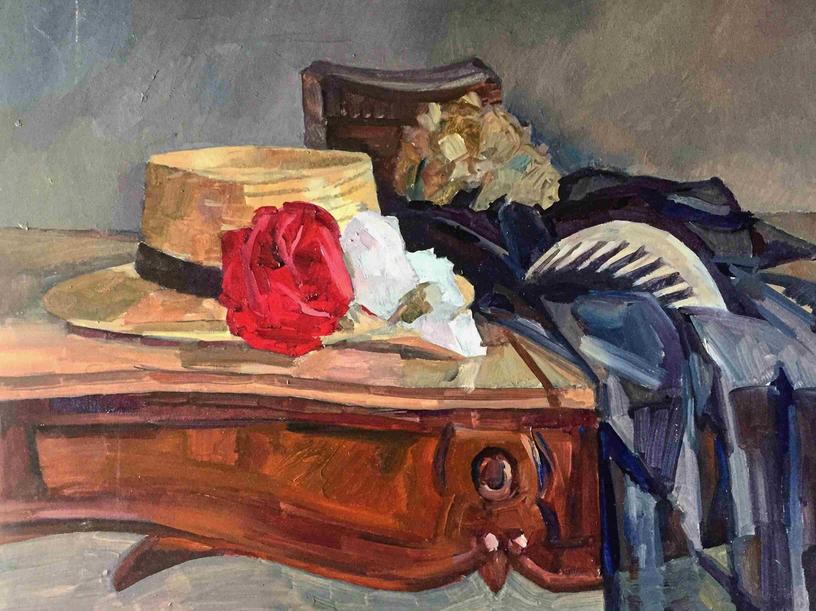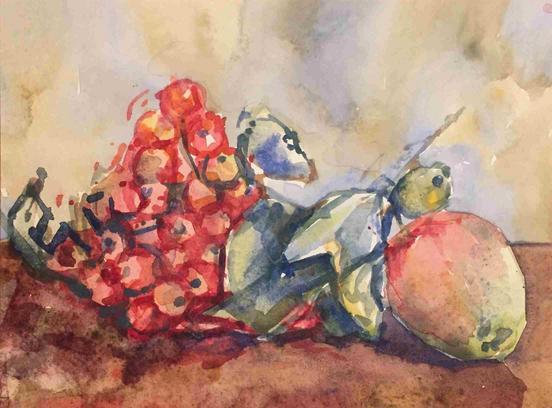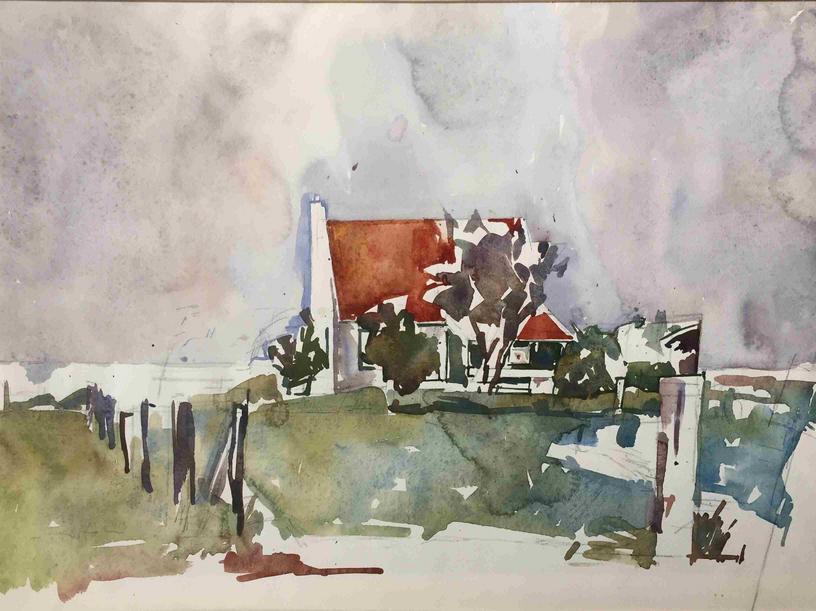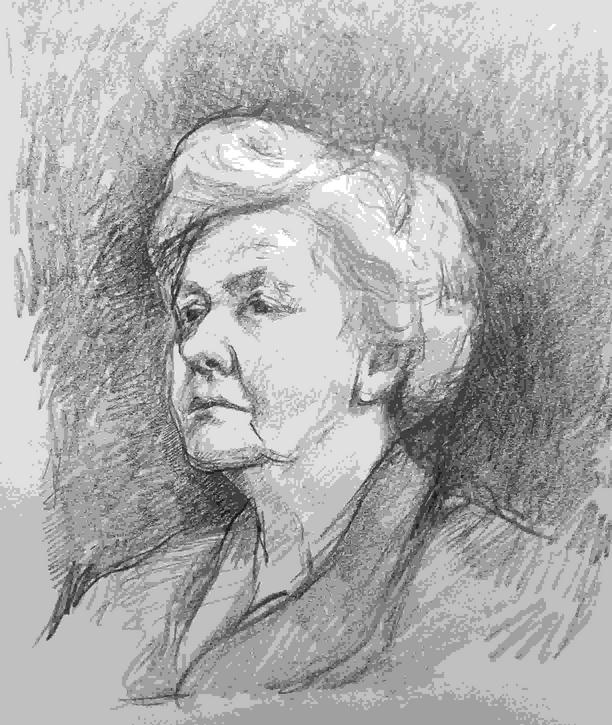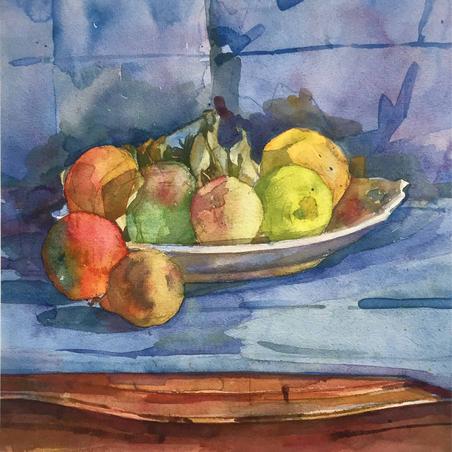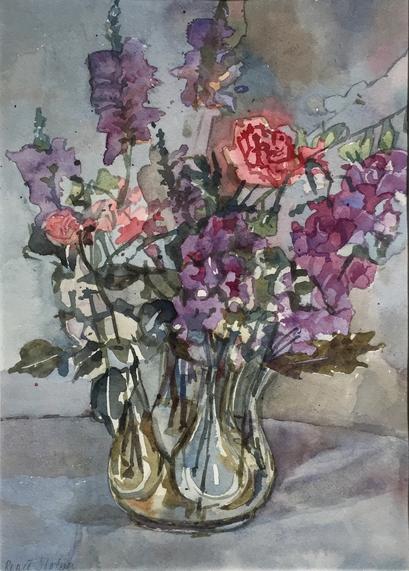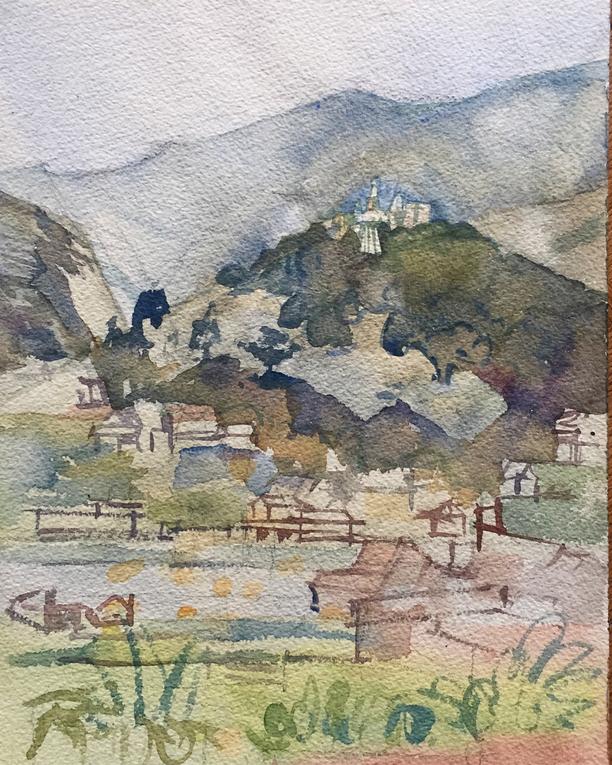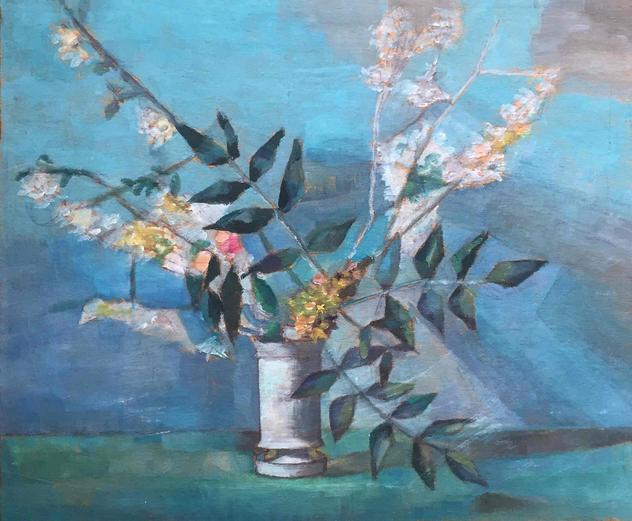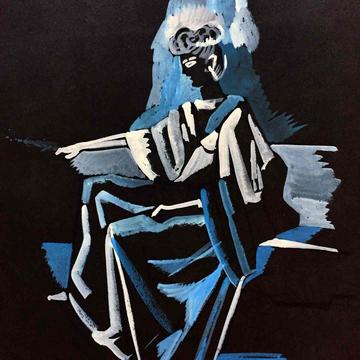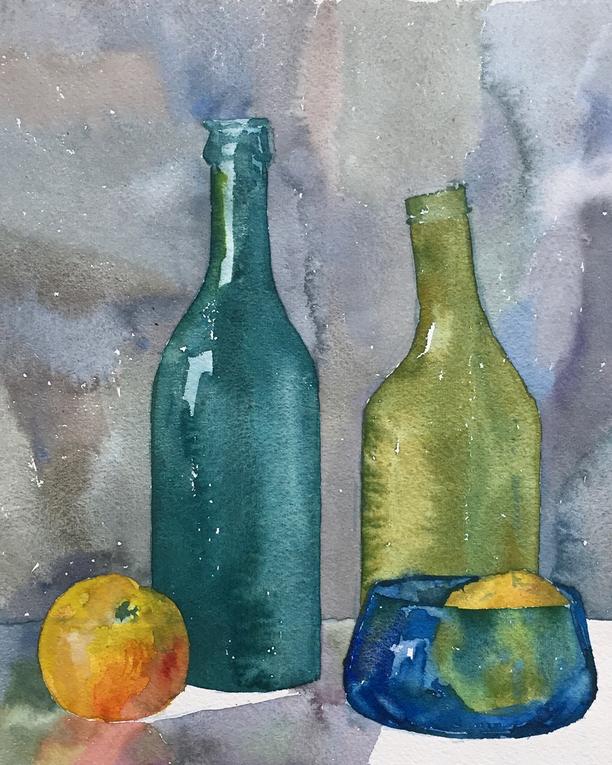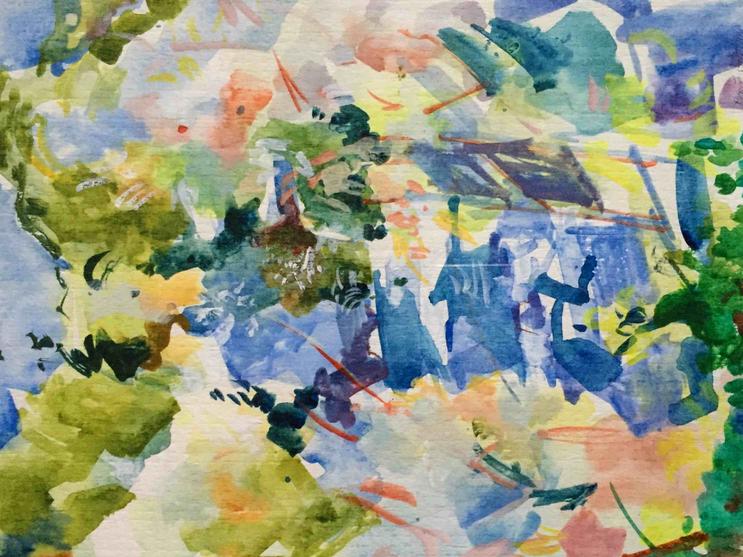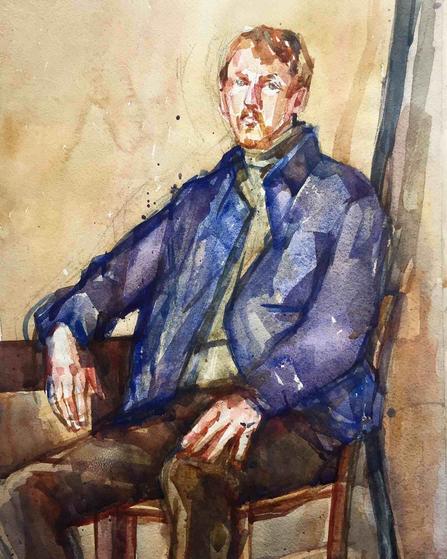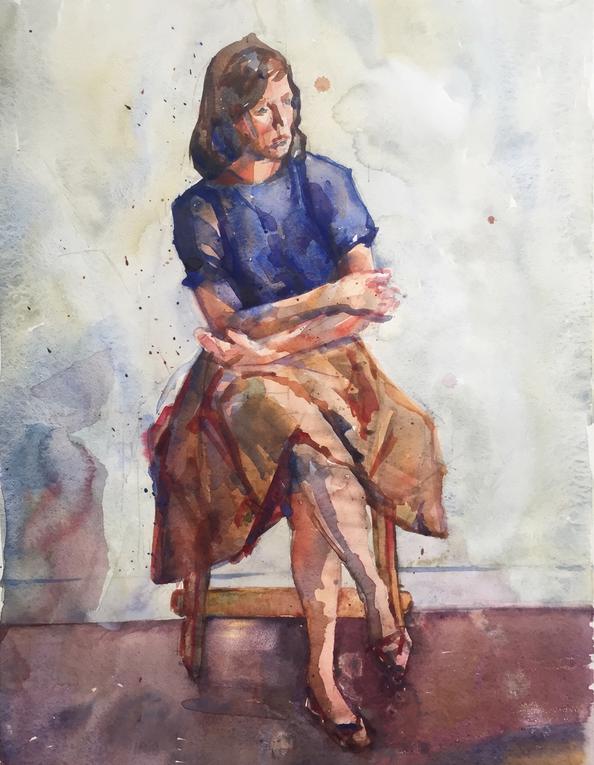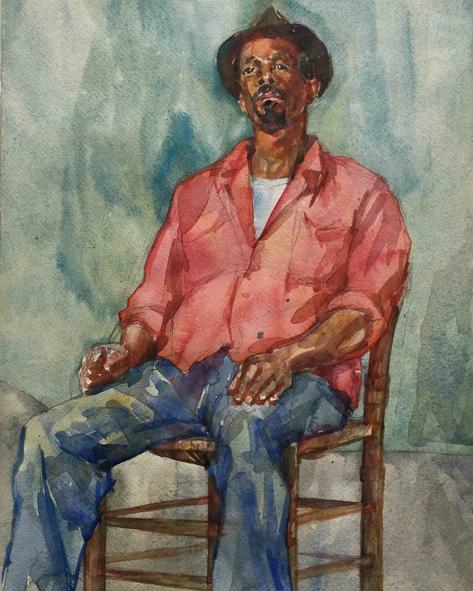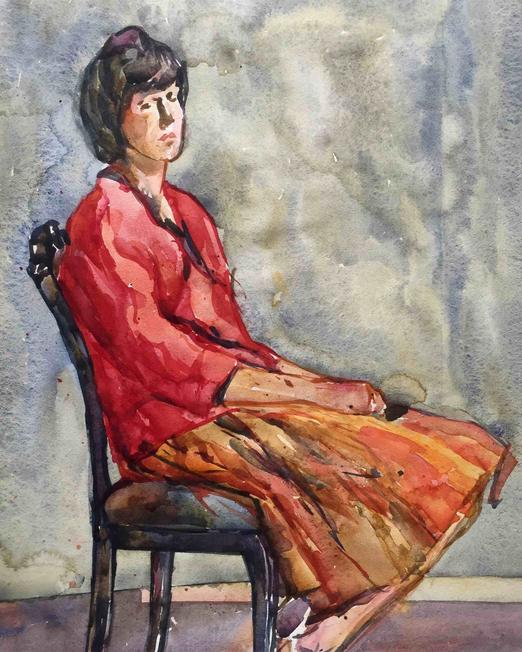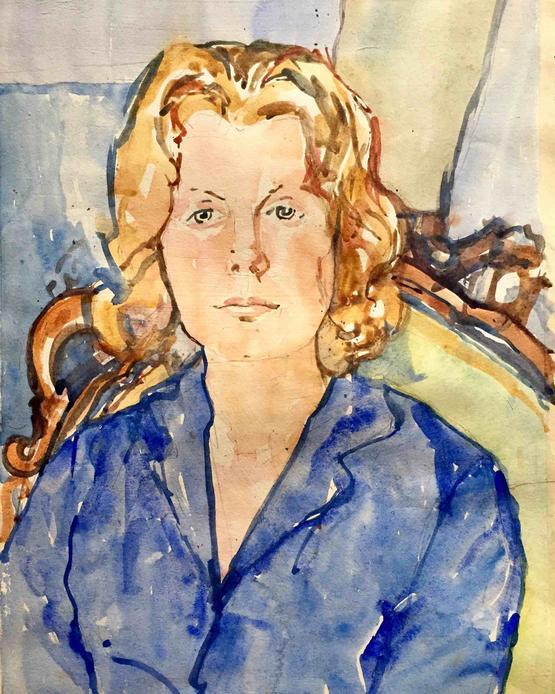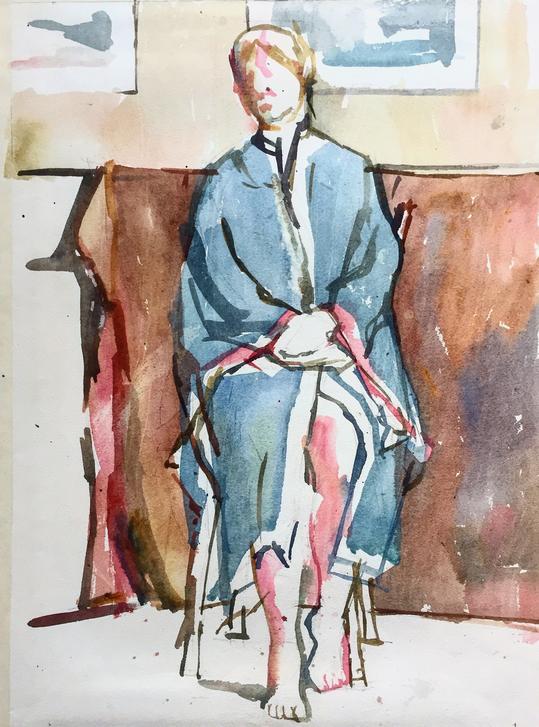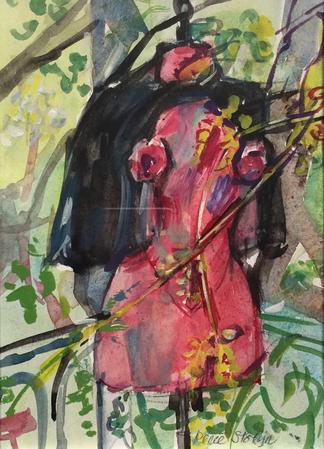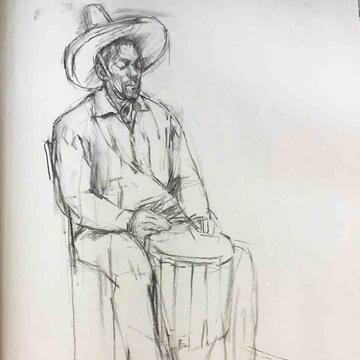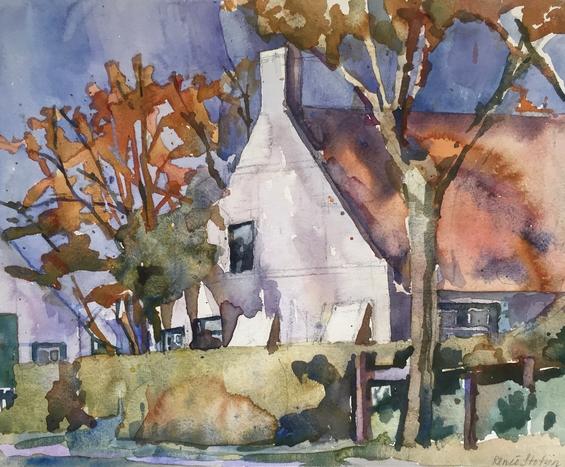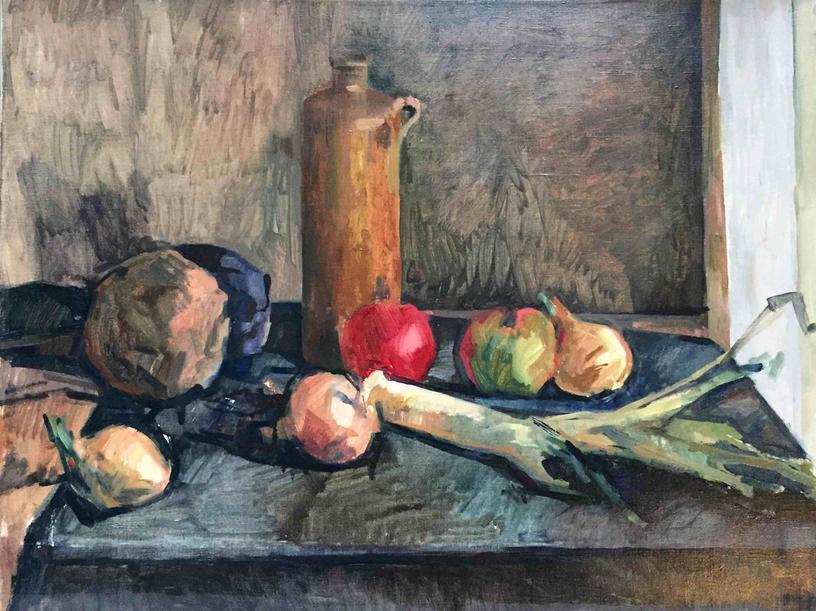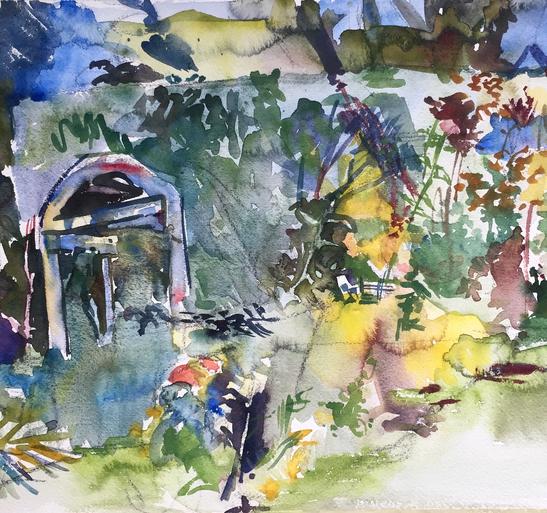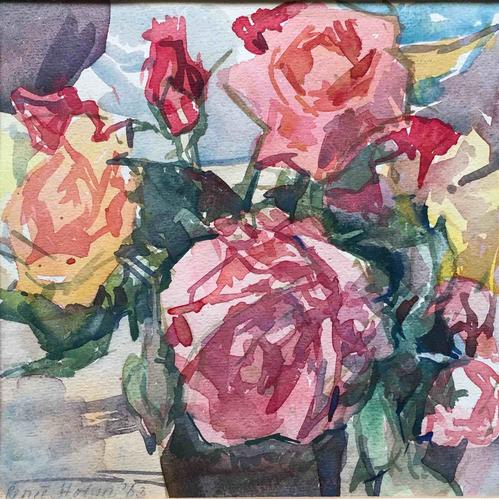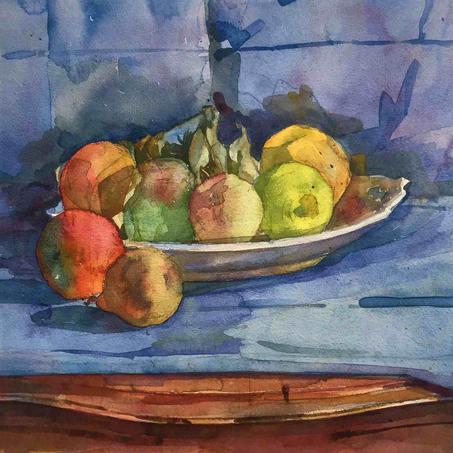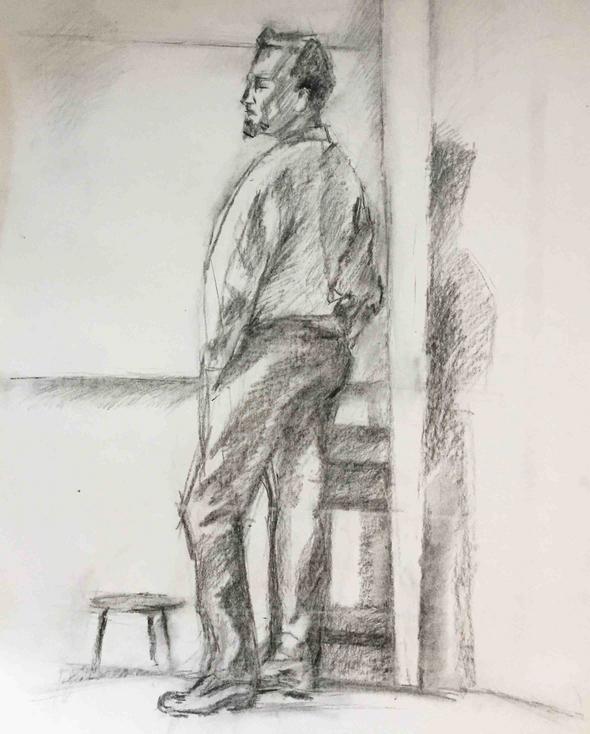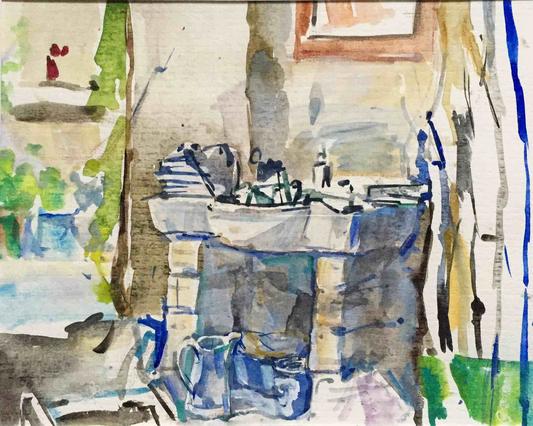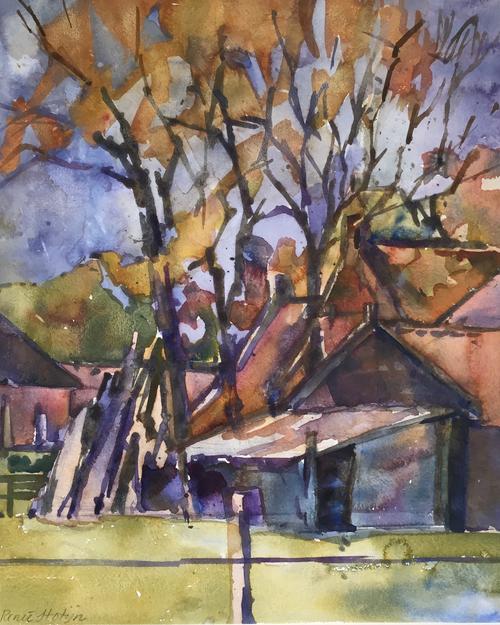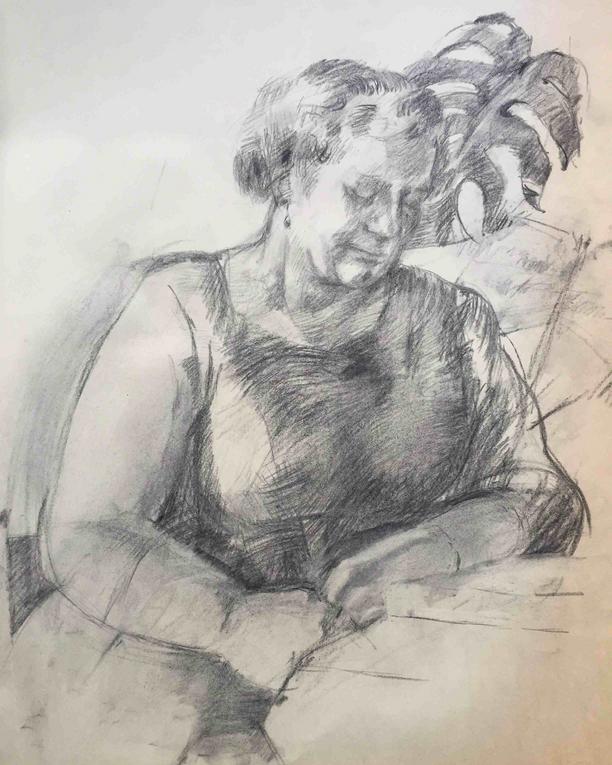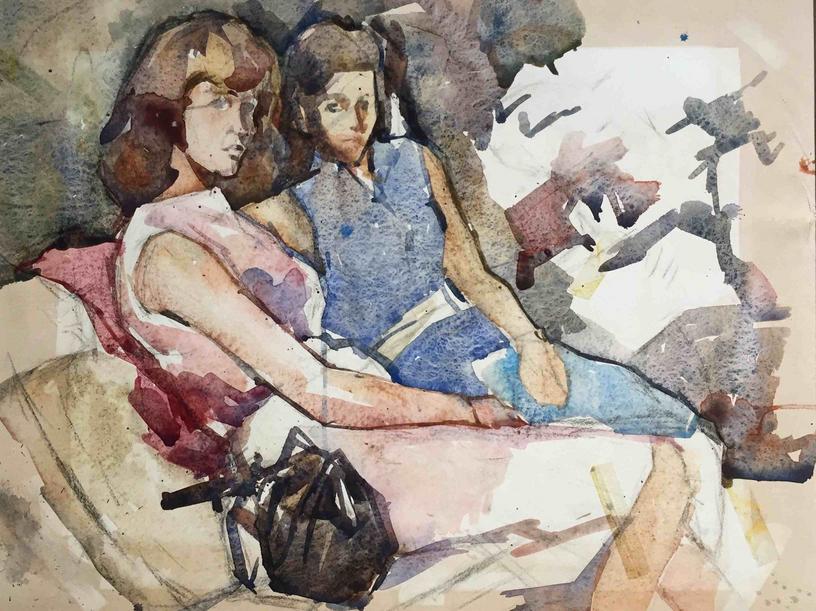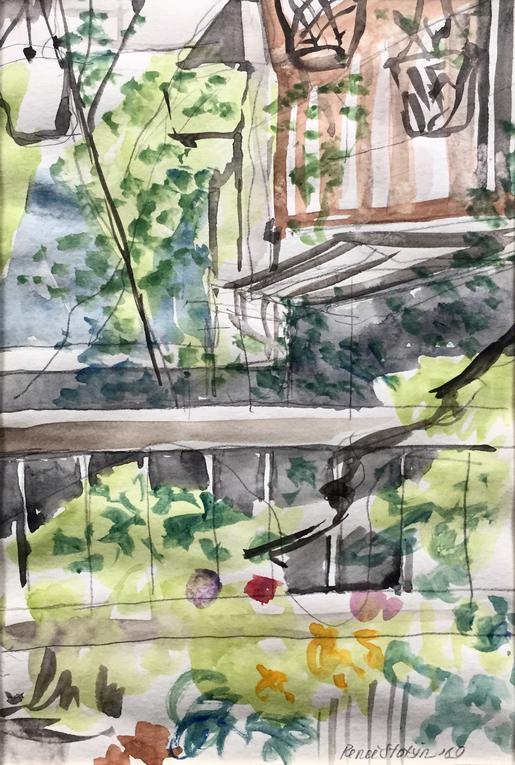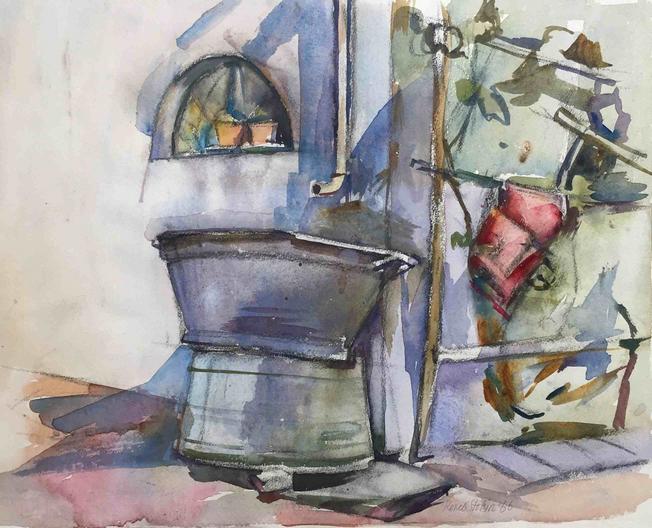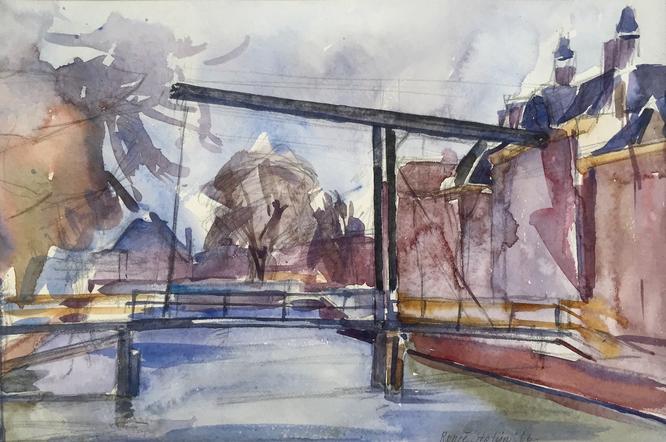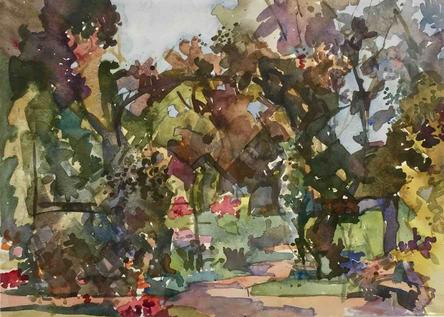Youth
Renée Stotijn in 1962 — Photos: Jeroen Koning
Renée Stotijn is born on February 7, 1940 in Hilversum. After her birth Renée’s parents move to Amsterdam, right behind the Concertgebouw. It is a practical choice, as her father, Haakon Stotijn, is appointed as a solo oboist in the Concertgebouw orchestra. Renée starts drawing at the age of five after receiving a book on renaissance Italian painting. She is fascinated by this art and memorizes all the painters. At this point already she has made up her mind; she will become a painter.
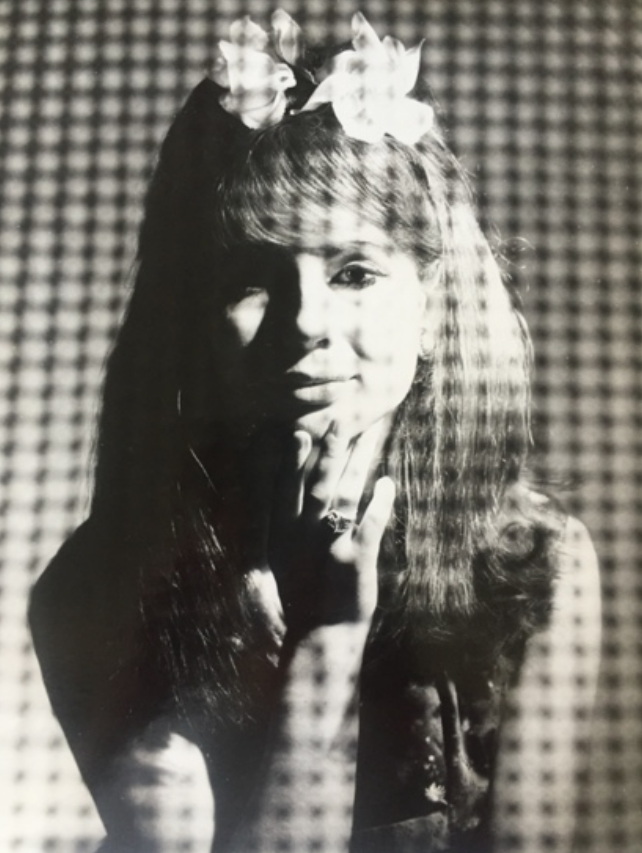
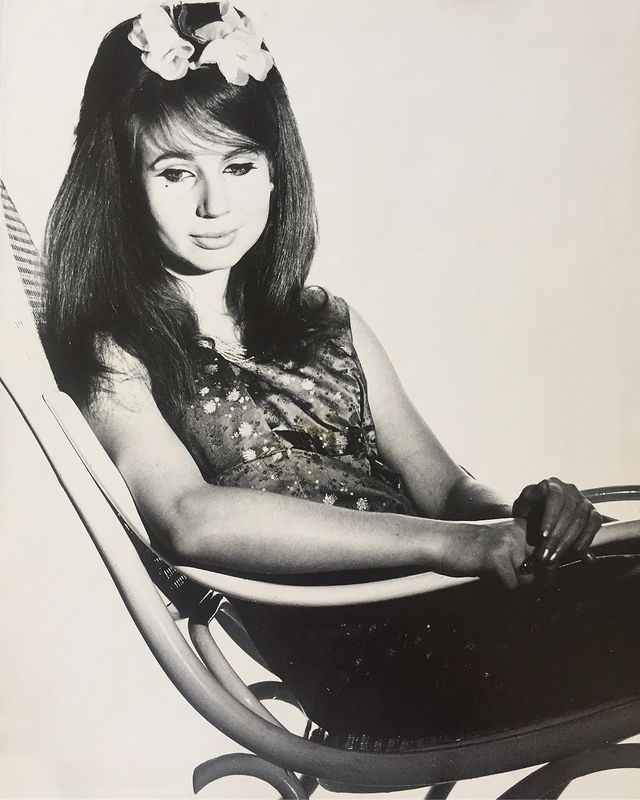
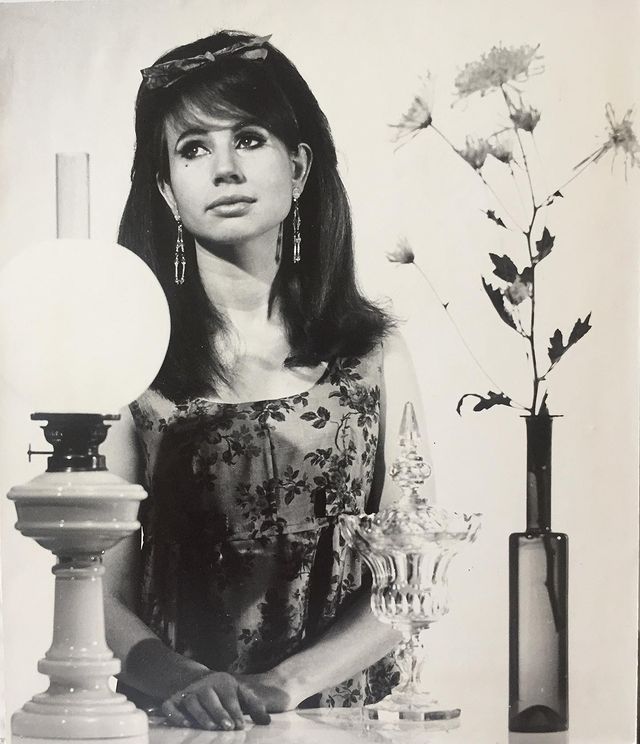
Unfortunately, problems arise in the family and her parents divorce in 1952. Renée is determined to leave with her father and her younger sister Marion decides to go with them. In 1957 Haakon and his two daughters settle on the Weesperzijde in the east of Amsterdam.
Art Academy
Study, anatomy, style history, and years of intensive practice in Amsterdam.
After her graduation at the Montessori Lyceum, Renée Stotijn takes six years of intensive lessons at the Rijksacademie (art academy) in Amsterdam. She is taught by Gé Röling, Otto B. De Kat and Sierk Schröder, amongst others.
Dolls
Renée maintains a great passion for antique dolls.
She has a small collection of dolls in her house in closed glass display cases. In 1970, an article with a number of remarkable photos was published in Panorama magazine.
Article
De Poppewereld van Renée Stotijn
The Doll World of Renée Stotijn. Panorama 1970.
Amsterdam
City love, heritage, and painted streets.
Although born in Hilversum, Renée Stotijn is an ‘Amsterdammer’ in heart and soul. She loves the city very much and also fights for the preservation of her ‘Mokum.’
Landscapes
Watercolours plein air and Dutch light.
Renée goes out every now and then to visit other cities and landscapes in the Netherlands. In the open air she mainly paints watercolours. She is fond of the colours and light of the Dutch landscape, which she tries to capture in a rich colour palette.
Still Lives
Flowers, objects, and movement inside composition.
Renée makes countless still lives from objects in her own home such as vases, fans and hats. She often places these objects on a wooden table. Flowers are her favourite subject. She paints and draws flowers with different materials. This subject will continue to play a major role in her oeuvre until the end of her life.
Private life
Renée shared her life with violinist and concertmaster Dick Bor (1944–2007)
Renée has a relationship with violinist and concertmaster Dick Bor (1944-2007). Together they form a well-known artistic couple. They are the first couple who have a LAT (living apart together) relationship in the Netherlands; they deliberately live in separate houses and they are not married. They are raising two daughters together: Esmee and Zaphira. Several articles about the couple appear in the newspapers.
Posters
Design, music, collaboration — and a distinctive visual voice.
Renée designs the posters for Dick's concerts in collaboration with Gielijn (Ghislain) Escher. During their collaboration Renée creates the design and Escher cuts the letters in a traditional way.
Portraits
A hidden treasure of faces and stories.
The greatest discovery in Renée's house are the countless portraits she painted, most of them with oil paint. The artworks have spent decades laying in hidden cabinets in the kitchen. They lay between double ceilings and in cavities within the wall. The discovery took her daughters completely by surprise -- it was like uncovering a hidden treasure.
Later work
There is an unfortunate event in Renée's life that causes a change.
In 1972, at 32, she was diagnosed with breast cancer. After surgery, she was unable to use her arm for a long time, making painting impossible. Gradually she began working again, creating drawings, pastels and watercolours, though the demanding process of oil painting was no longer possible. Her later works retain a clearly recognizable style.
Artworks
A small selection — click to open the gallery.
